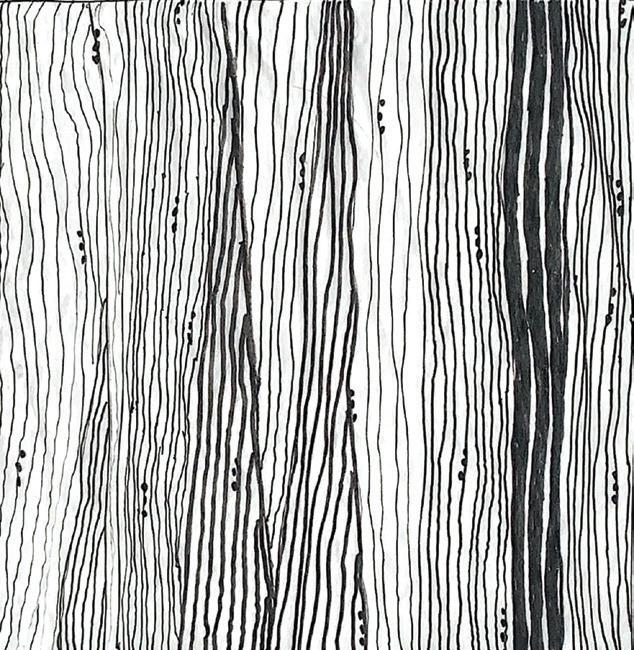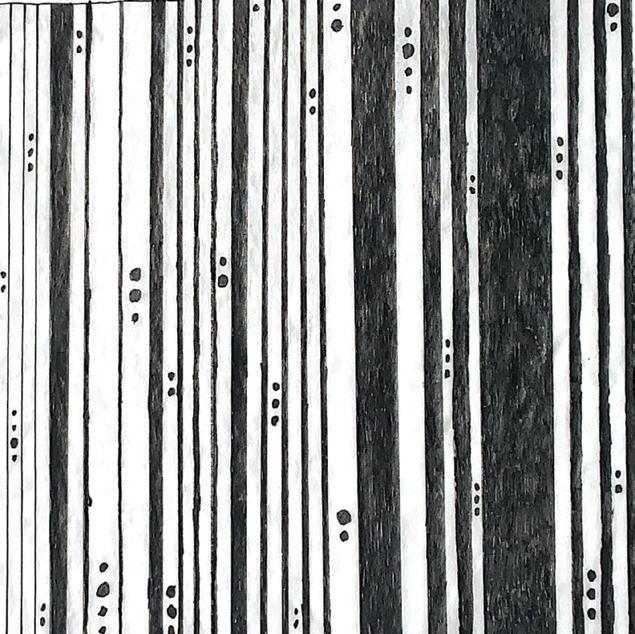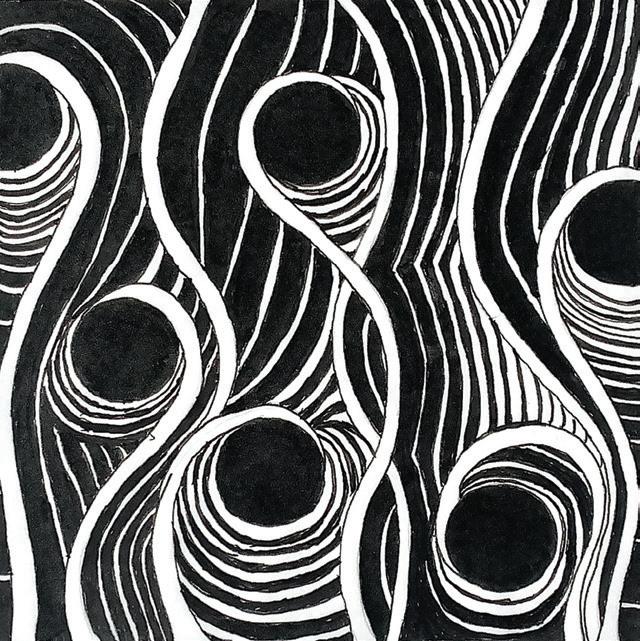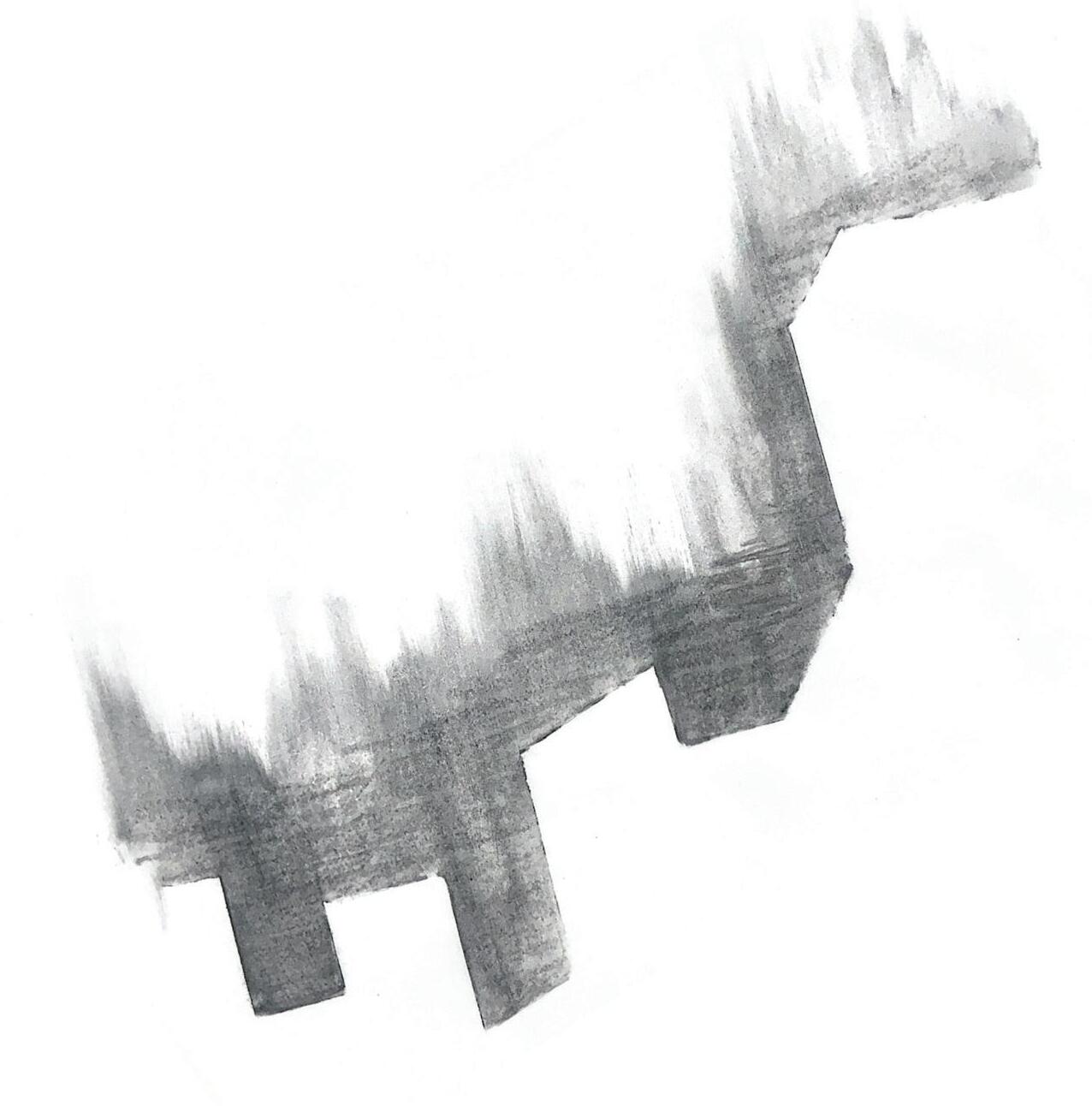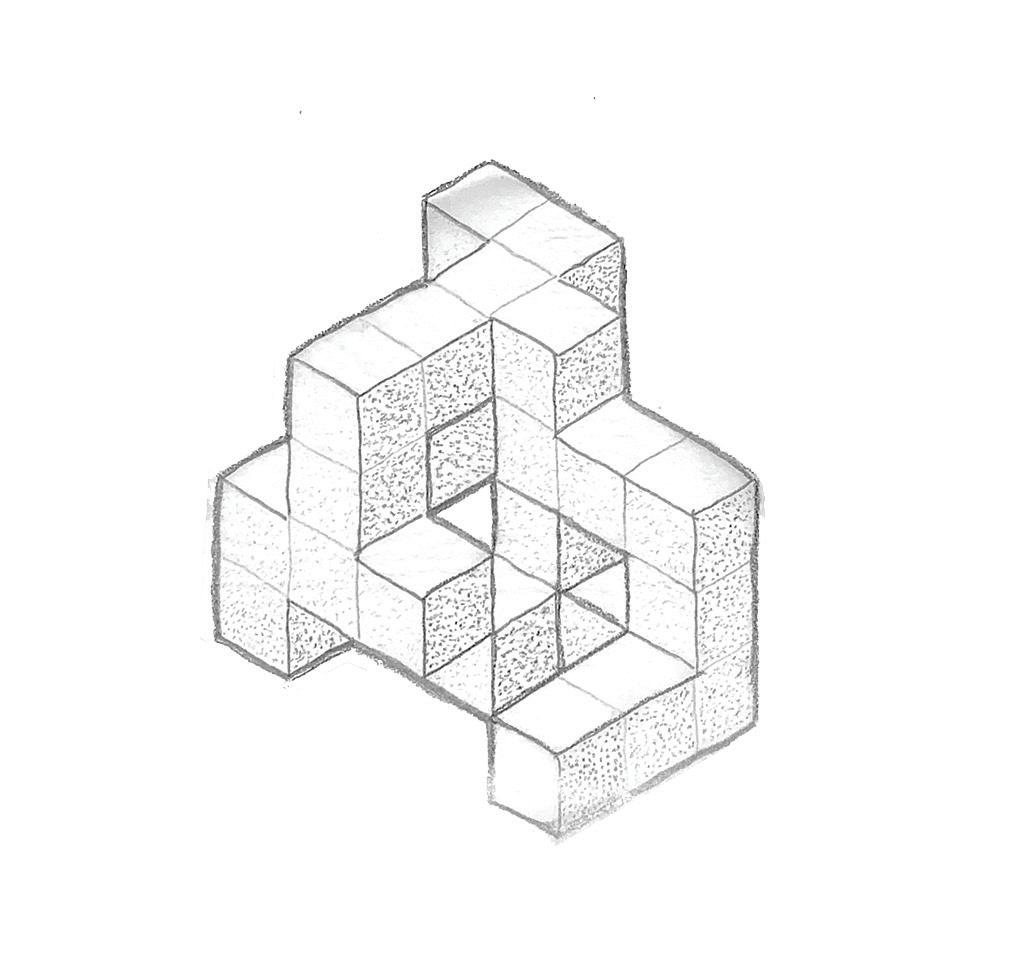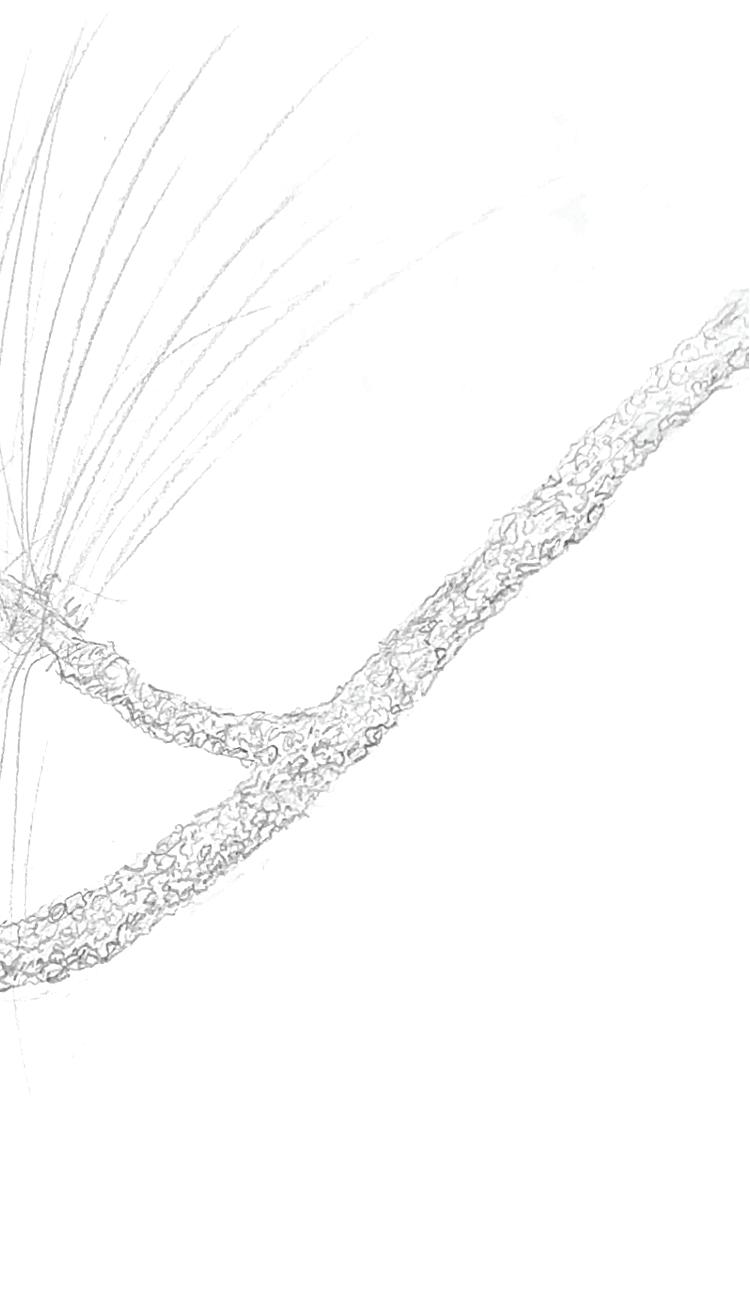




Collection of Undergraduate Projects at Washington State University. 2021 - 2025

elijahhansen43@gmail.com 509.368.4922
Hello! My name is Elijah Hansen, I am a soon-to-be graduate of the Architecture program at Washington State University. My studies at WSU have helped me grow as a detail-oriented designer and storyteller. Recently, I was awarded the 2024 IFPC Design with Wood Competition for innovative design of a community center using Mass Timber Products. Post-graduation, I hope to continue designing sustainability and to craft community-focused spaces and structures.
Washington State University | Bachelor of Science in Architectural Studies.
• 3.86 Cumulative GPA.
Server | Locos (Spokane, WA).
• Managed point-of-sale transactions.
• Assisted with customer service duties in the front of house.
• Professionally communicated with customers and coworkers.
• Required extensive knowledge of the menu to address customer allergy concerns.
Front of House | The Grain Shed (Spokane, WA).
• Assisted with food preparation.
• Answered any questions that customers have had regarding our ingredients and/ or information about the many local farms from which we sourced our ingredients.
• Responsible for verifying ID for sale of alcohol.
Manager Assistant | Inland Northwest Farmers’ Market Association (Spokane, WA).
• Directed volunteer groups in the WSDA Food Box program, a program which distributed locally grown produce to thousands of people in need during the COVID19 Pandemic.
• Assisted managers at Farmers’ Markets across the Spokane area by operating their information booths and helping customers shop at the market with their EBT Food Stamps.
2021 - 2025
2023 - 2024
2023 - 2024
2020 - 2021
Winner | Idaho Forest Products Commission (IFPC) Build with Wood Competition. 2024
President’s Honor Roll | 3.86 Cumulative GPA | Washington State University. 2021 - 2025 Bronze Medal | PAC-12 Rowing Championship, Men’s Novice 8+. 2022
Men’s Crew Team, Varsity | Washington State University.
Symphonic Orchestra | Lewis & Clark High School.
2021 - 2022
2017 - 2020
Cross Country | Lewis & Clark High School. 2016 - 2019
Rhino 3D
Adobe Photoshop | InDesign | Illustrator | Premier
Autodesk Revit
Lumion
Sketchup Pro
Proficiency: 90%
Proficiency: 80%
Proficiency: 70%
Proficiency: 100%
Proficiency: 70%





This portfolio features four academic projects created during my Architectural Studies at Washington State University. These four selected academic works are followed by a brief selection of personal work. These five chapters demonstrate my growing capabilities in problem-solving, spatial organization, artistic interpretation, and presentation. Unless otherwise noted, all projects and images presented in this portfolio are my own work.
Chapter 01: p. 01 - 10
Chapter 02: p. 11 - 20
EDUCATION CENTER
Chapter 03: p. 21 - 28
Chapter 04: p. 29 - 32
FOOD FOR THOUGHT...
Chapter 05: p. 33 - 36

Chapter 01:
Class: Arch 303
Instructor: Andrew Coman
Term: Spring 2024
Site: 310 S Fir Street, Toppenish, Washington.
Winner of the 2024 IFPC Design With Wood Competition
While rapid agricultural expansion in the Yakima Valley has contributed to economic growth in the region, the usage of pesticides and the erasure of critical habitats has devastated local ecosystems. To address this, the Lillie Center seeks to transform an abandoned parking lot into an educational “restorative garden”, which showcases native plants and acts as an ecological refuge for birds, butterflies, and humans.
In contrast to the destruction and exclusion which is historically associated with urban renewal projects, the Lillie Center is designed to integrate into the growing community of Toppenish, Washington by using its community-oriented facilities to improve the established urban fabric.
The building seeks to promote community by hosting a communal maker space and art studio accessible to the public. Above these spaces, the residential floors provide a wide variety of unit types, establishing the structure as home for people from all walks of life.


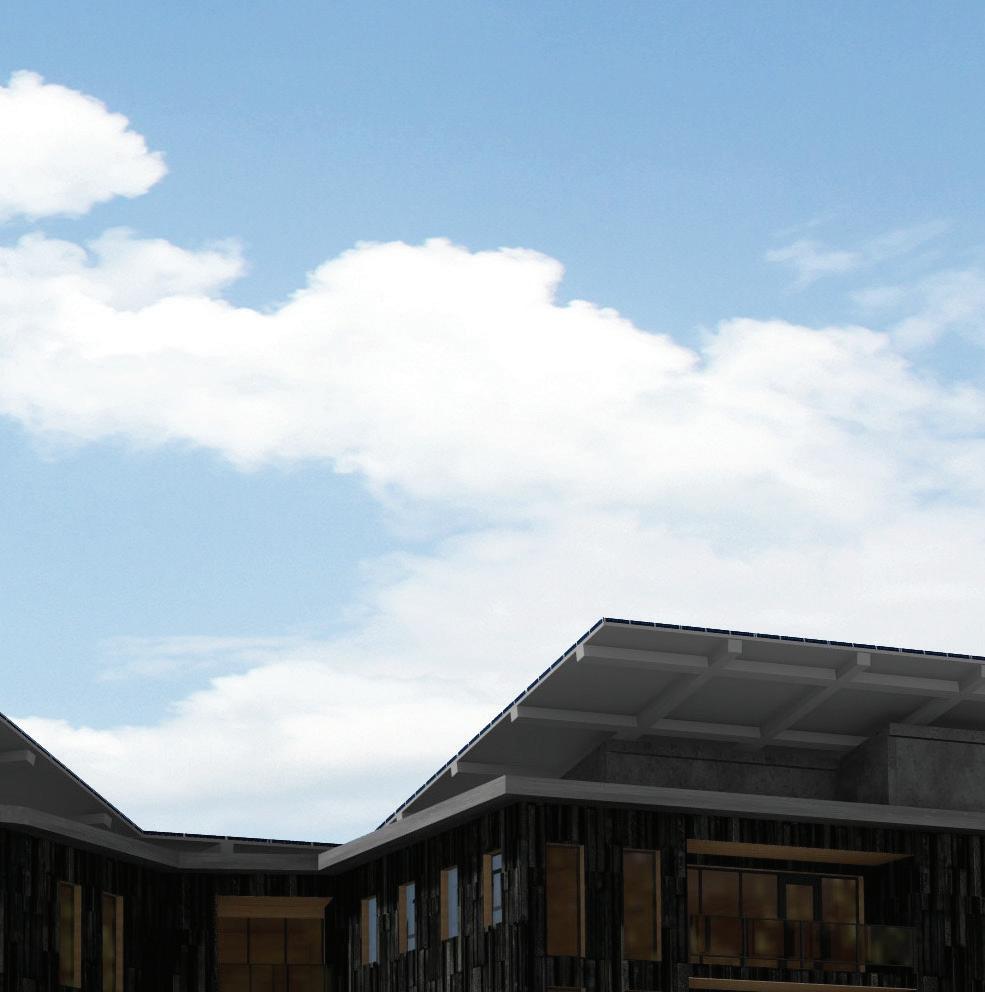
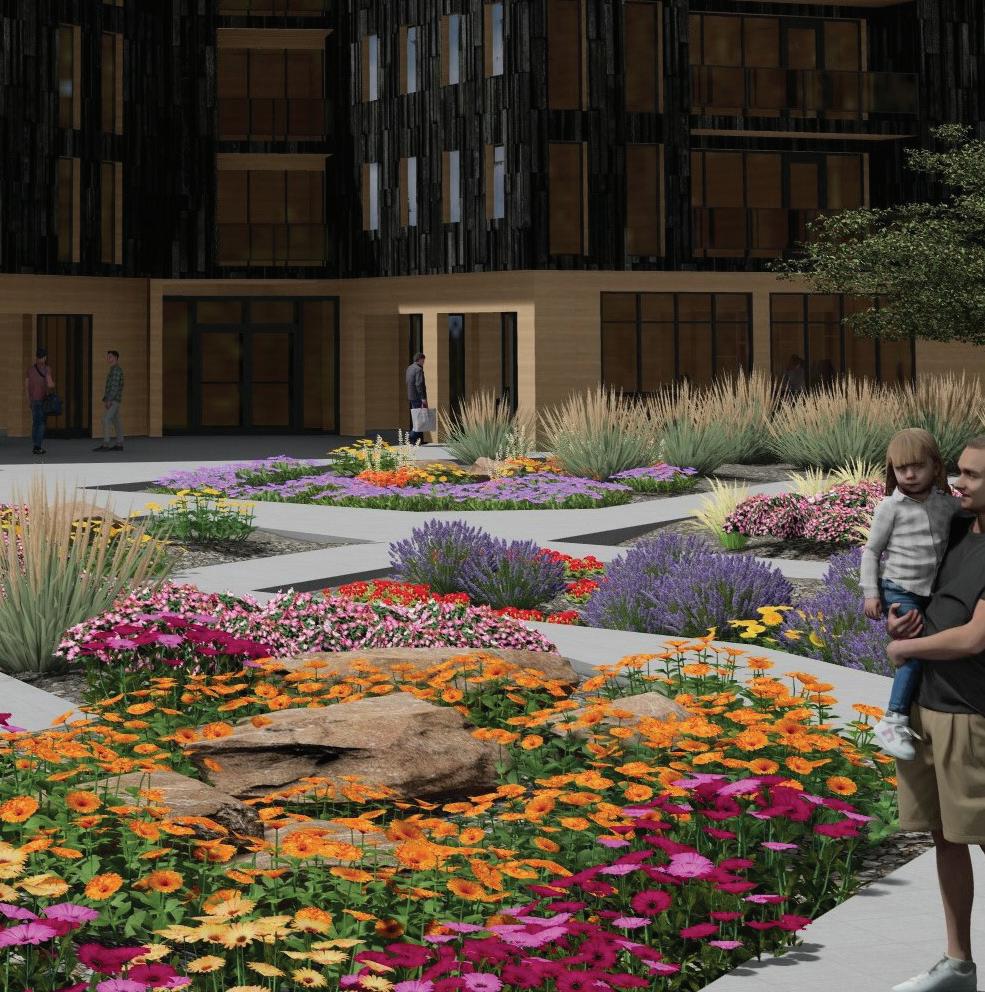

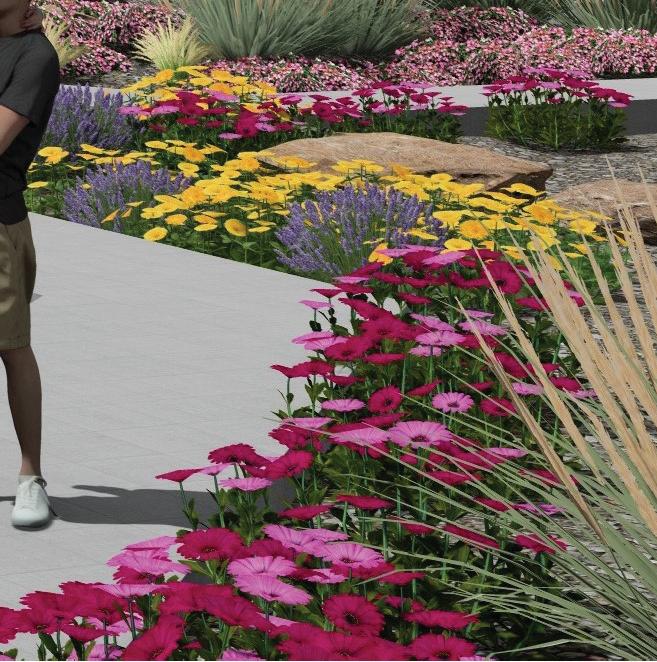
RESTORATIVE GARDEN + NORTH PERSPECTIVE


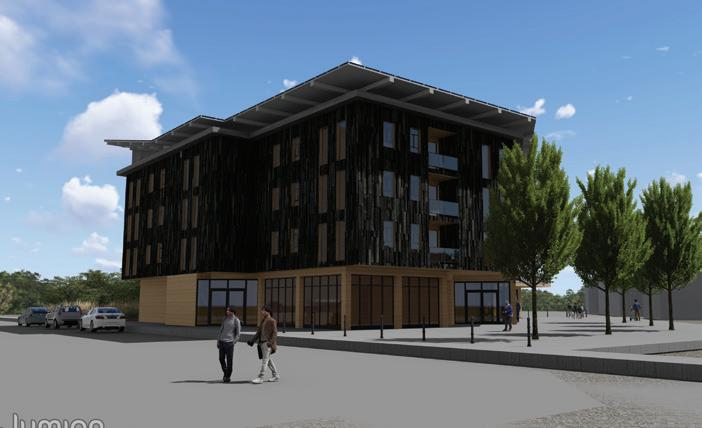
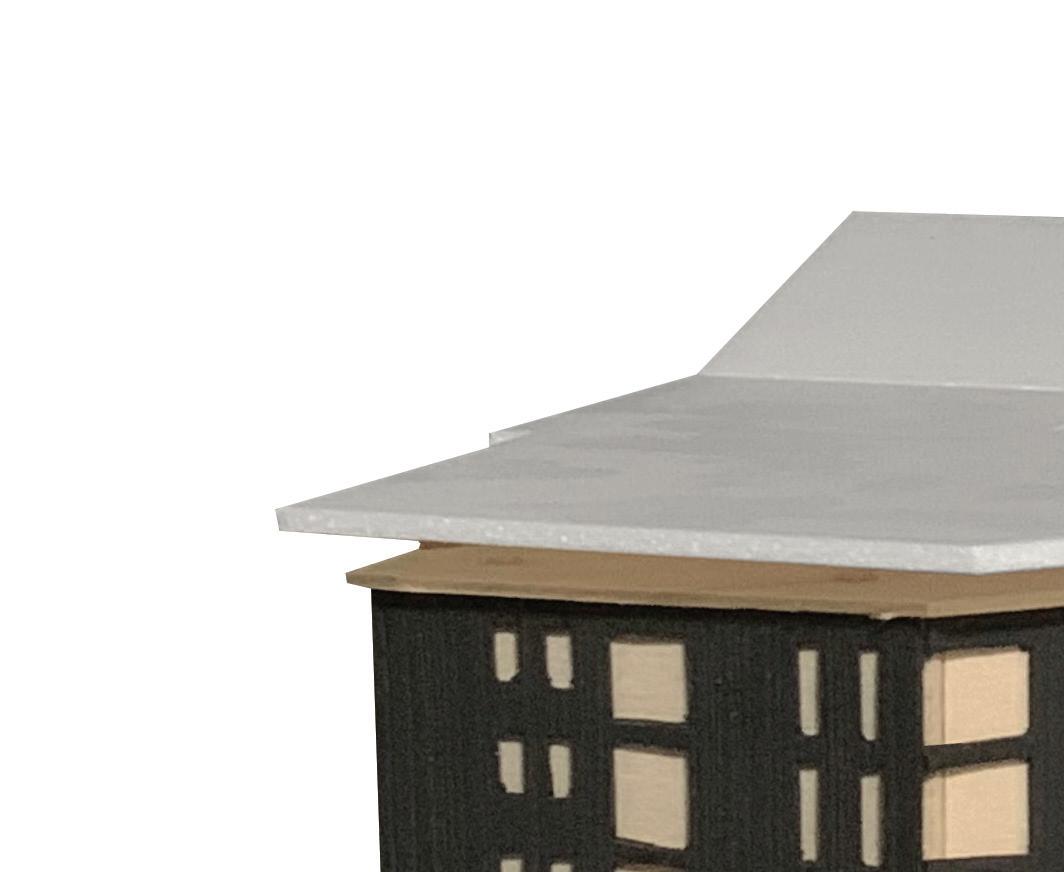
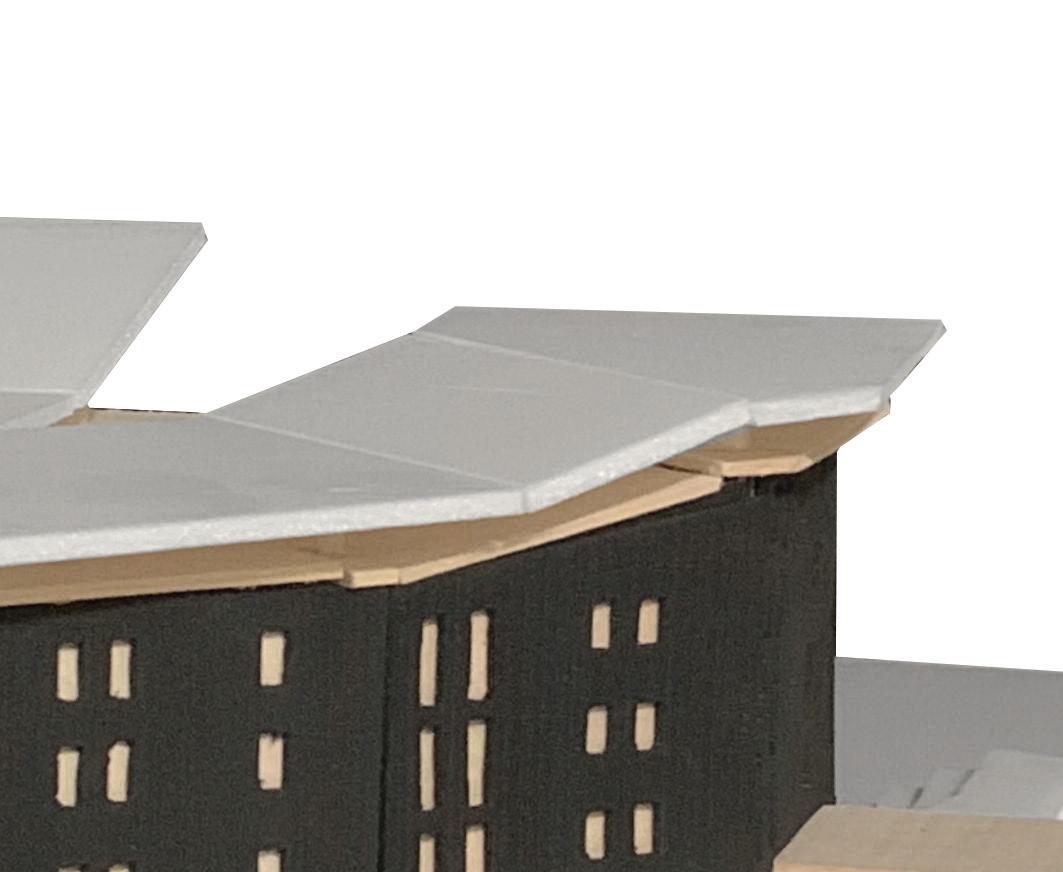

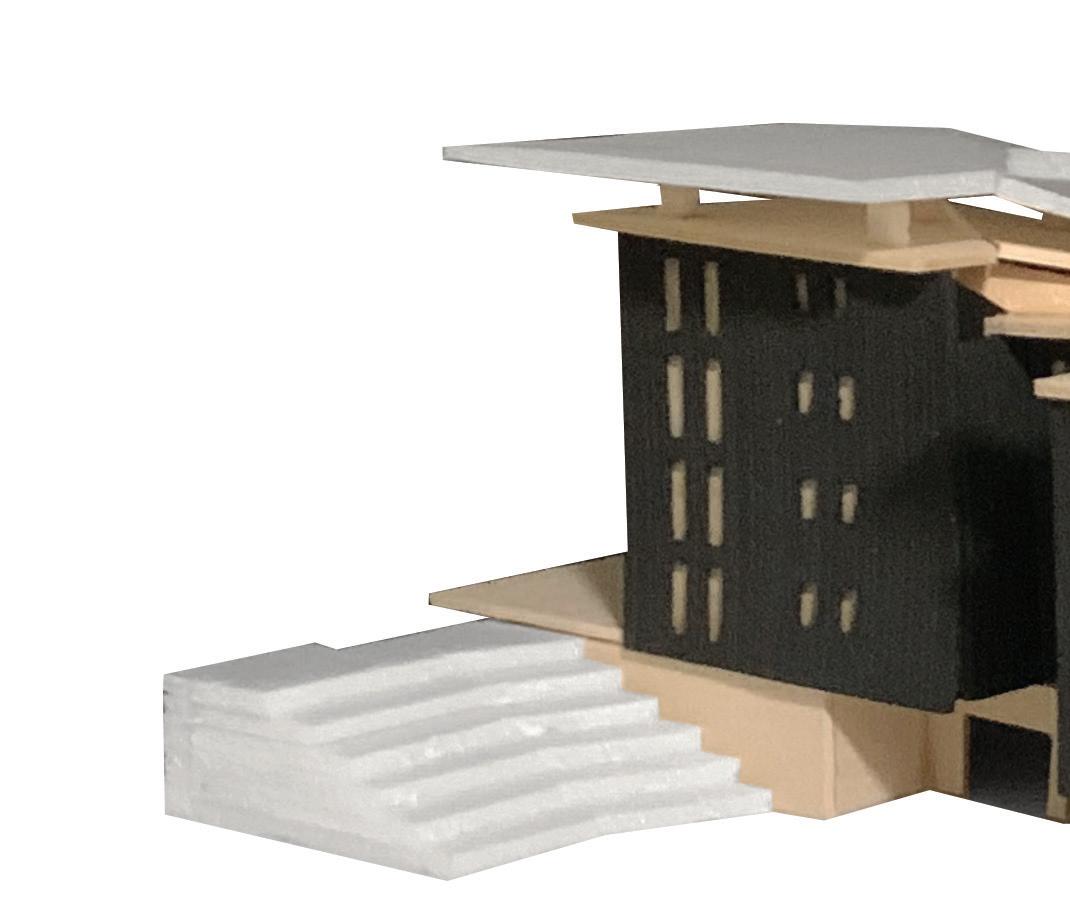

HAND-CUT BASSWOOD MODEL 1/8” = 1’



HAND-CUT BASSWOOD MODEL 1/8” = 1’

Built upon a wooden podium, the monolithic form follows the proposed pedestrian corridor to the south. The structure is cladded with black terracotta facade tiles, installed on-site as modular units. A solar array extends along the roof edge, as it reaches the north side of the building, it abruptly breaks free from the roof line at a 39 degree angle. This upward tilt optimizes sunlight capture during the summer months and creates a striking visual element, gesturing to the sun and ca ptivating visitors of the facility, establishing an intentional awareness of place and encouraging subconscious engagement with the innovative solar canopy above.


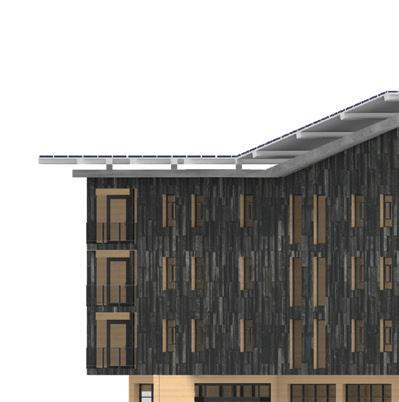


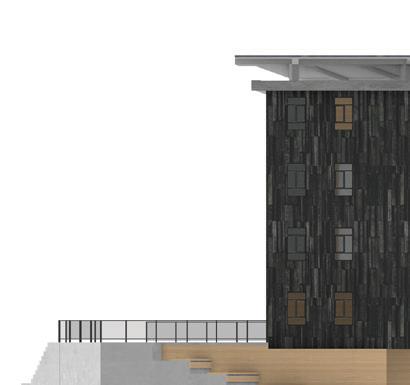


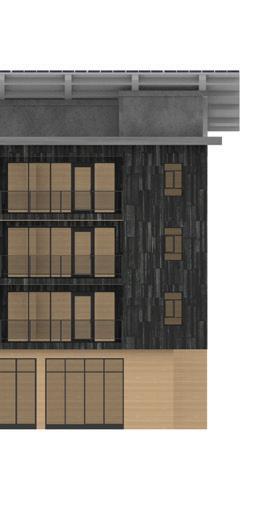

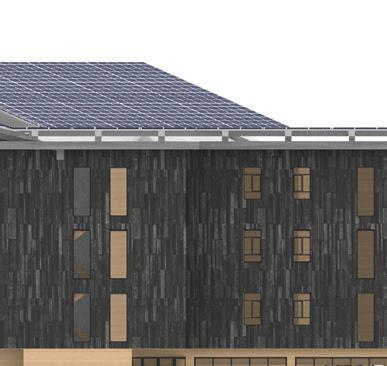




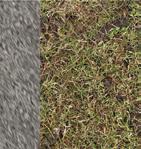
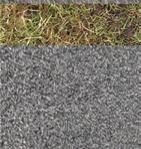


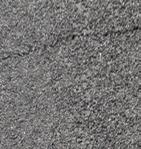

















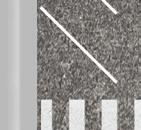
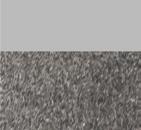


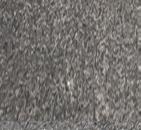
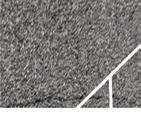

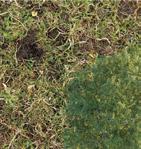
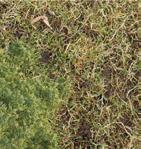

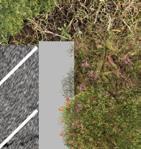
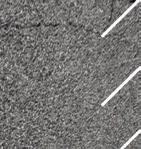


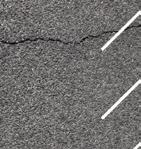

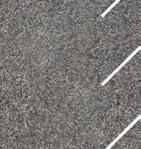


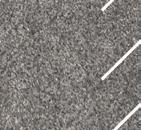
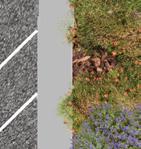

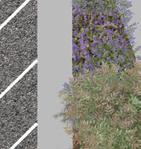
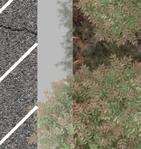



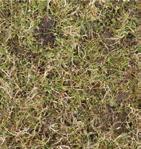

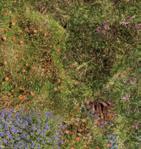
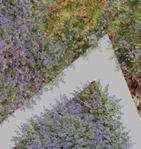
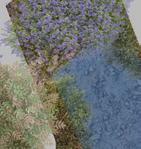
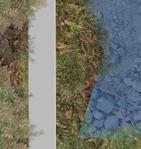
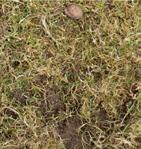
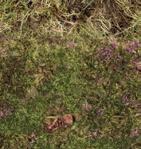




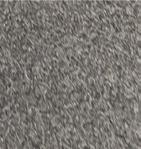
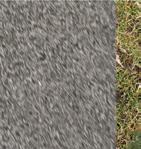
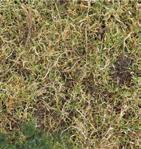

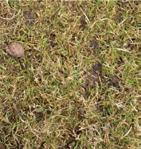

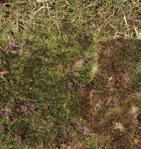
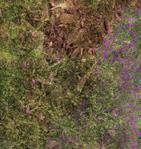
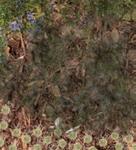



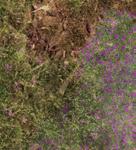
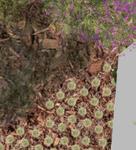
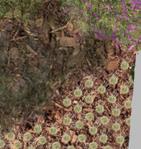


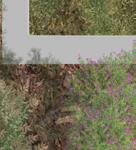




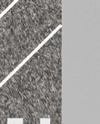
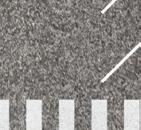

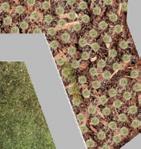





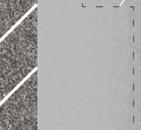
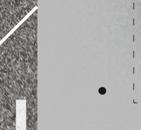
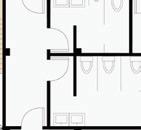
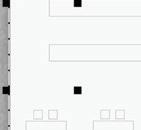

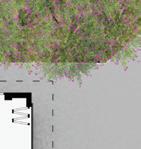


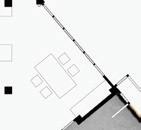
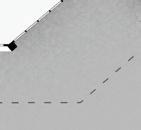
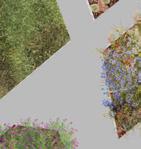
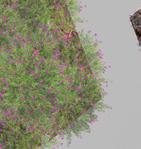
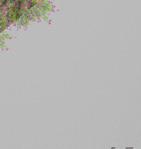
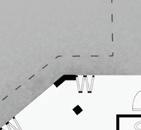
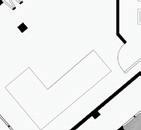




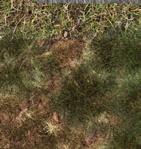
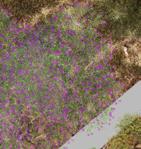
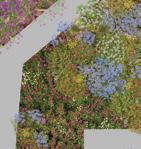


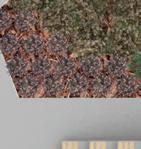
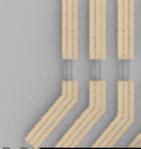











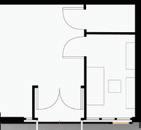

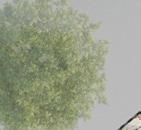

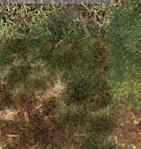

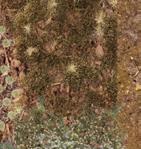
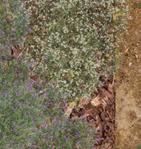
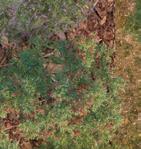

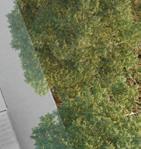
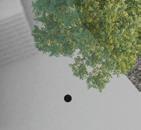

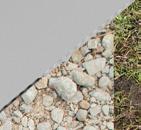

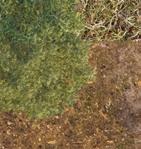



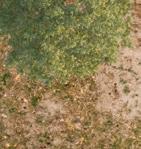

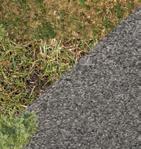
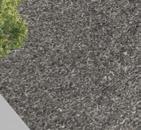

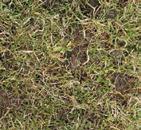




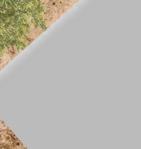

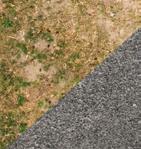
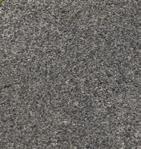



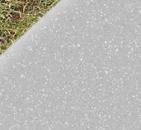

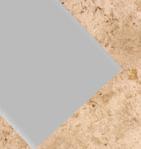

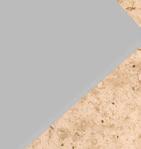
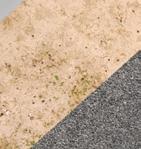

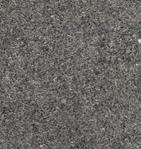

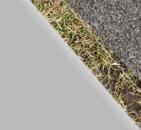





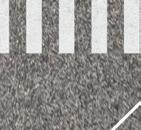
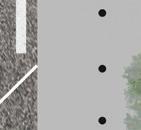

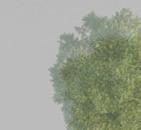

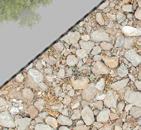
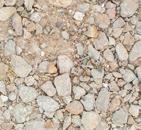
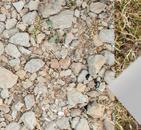
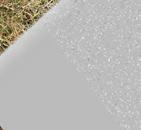




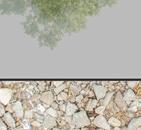



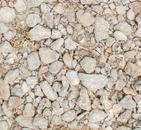

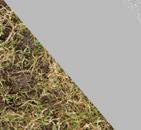
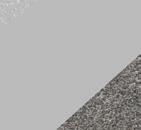
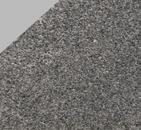


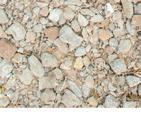


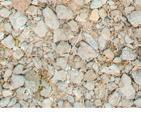

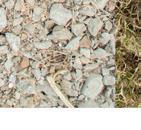




To be independent from the electrical grid and reduce carbon emissions, the roof of the structure is a network of solar panels which create a large mass atop the building. In the shade of this mass sits an outdoor learning area, where the community art studio, wood shop, and ceramic studios will be taught during the summer. This area connects to a series of walking paths which weave through a “restorative garden” of non-invasive, drought-hardy foliage. This garden reduces the water intake of the facility and gives refuge for local birds, butterflies and humans from the surrounding urban landscape.
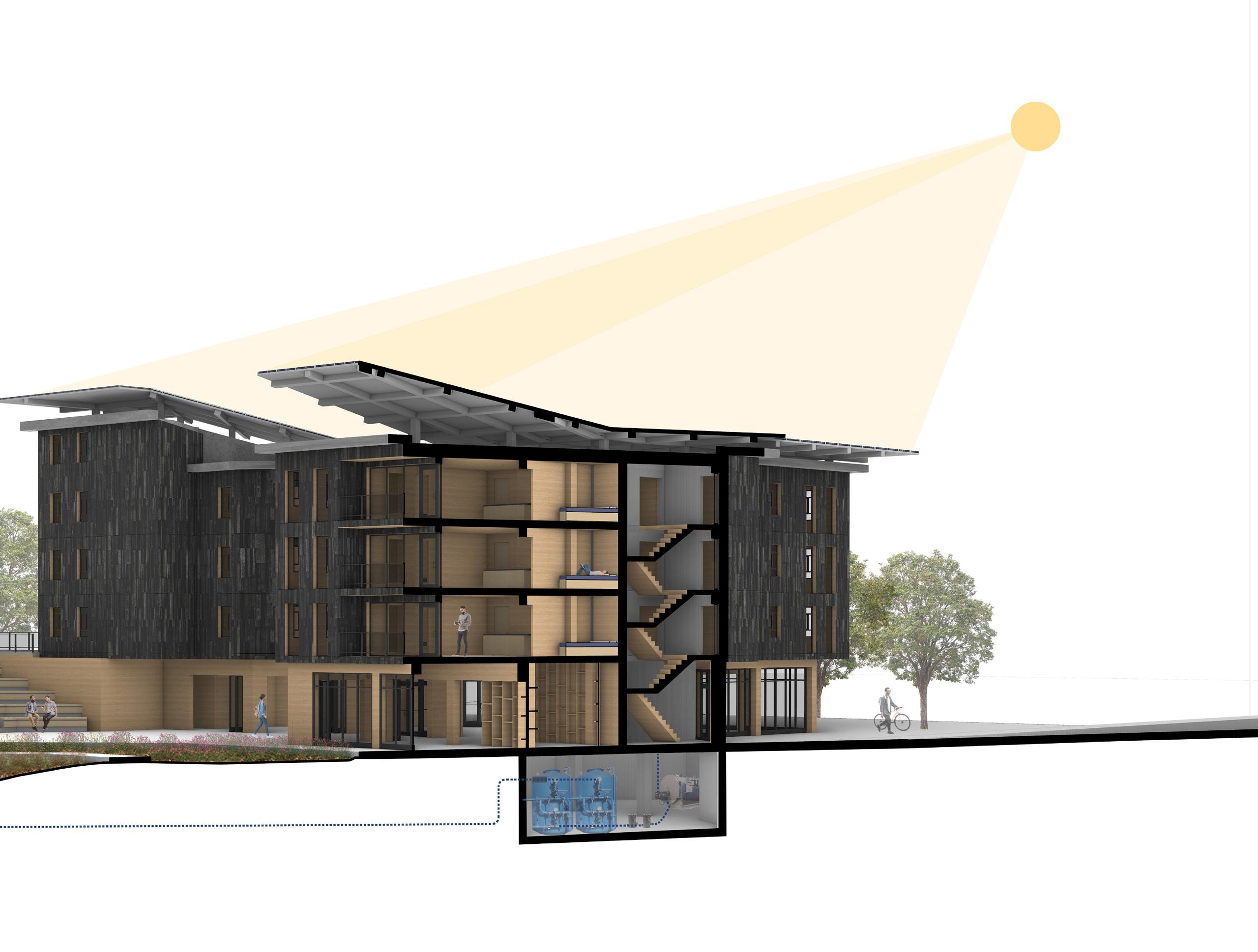
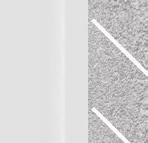
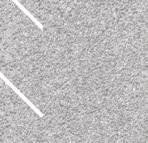
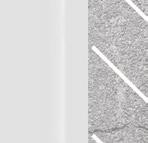






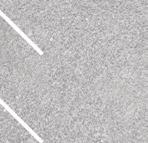

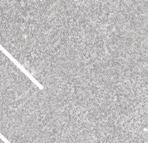



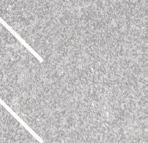

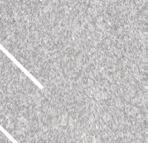




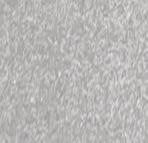
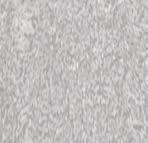


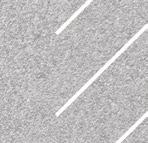

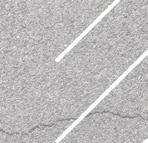


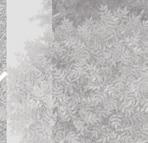
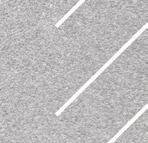
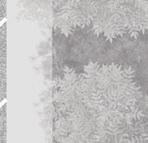
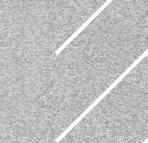



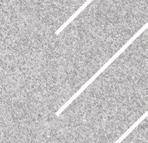

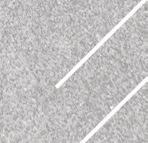

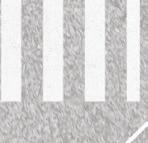


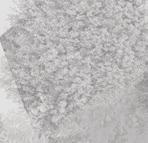
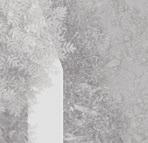
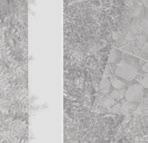

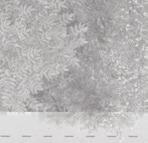

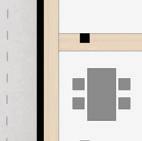

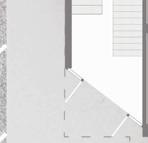
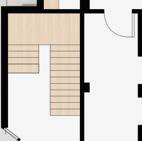
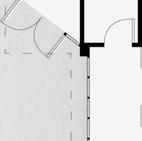
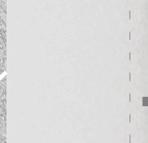
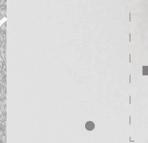
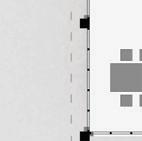




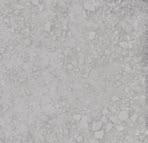


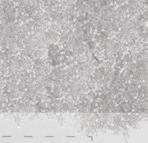


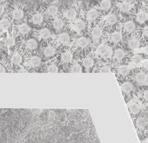
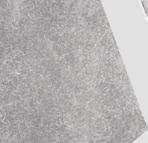
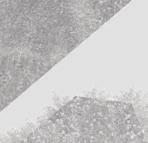
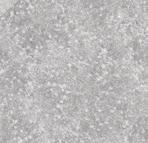
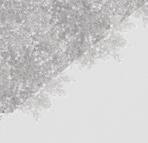


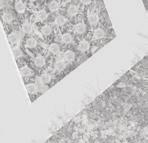

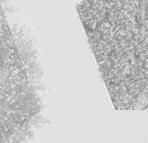



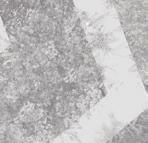

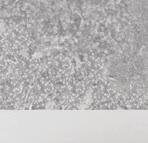



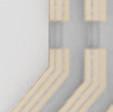
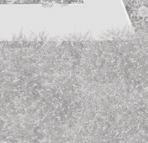
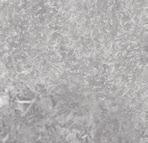
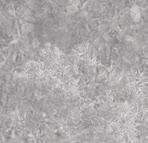
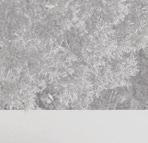

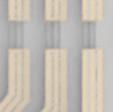









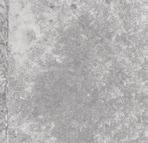
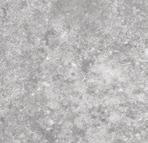

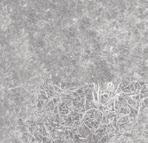
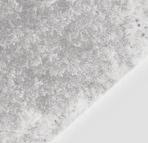











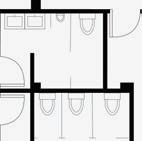
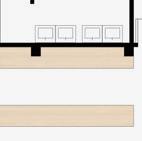

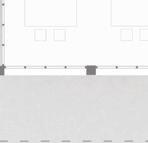

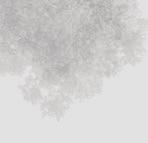




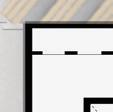
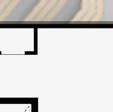
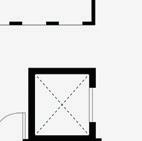
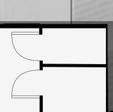
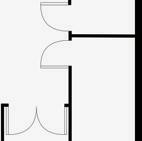

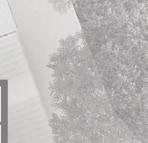
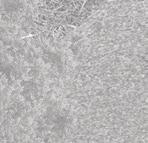
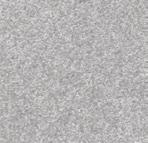
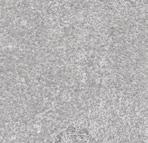
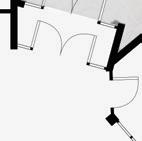

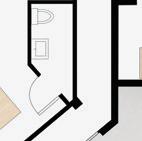



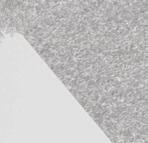
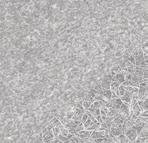
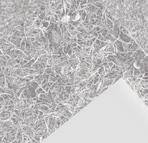


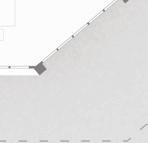

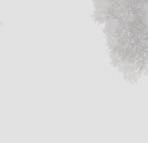

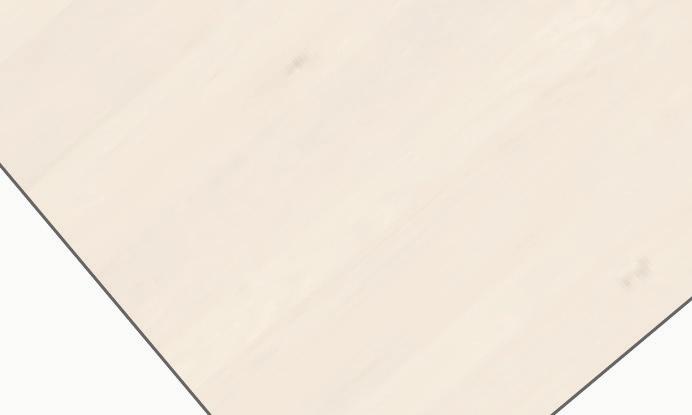



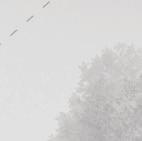
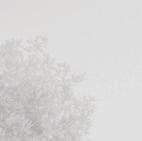


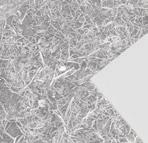

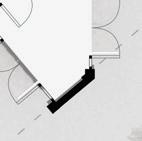
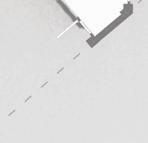

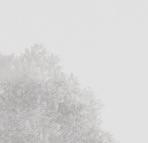





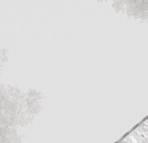

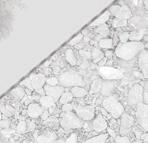
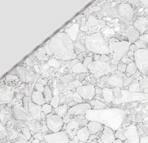



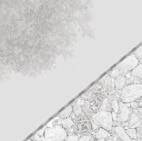



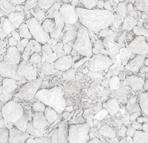



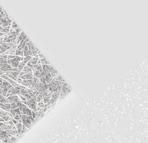
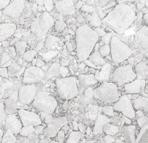

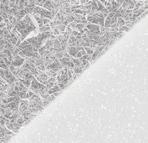
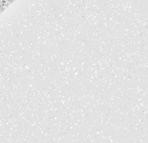




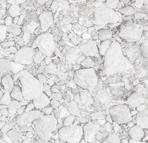

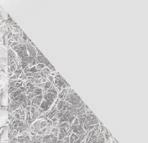
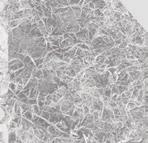





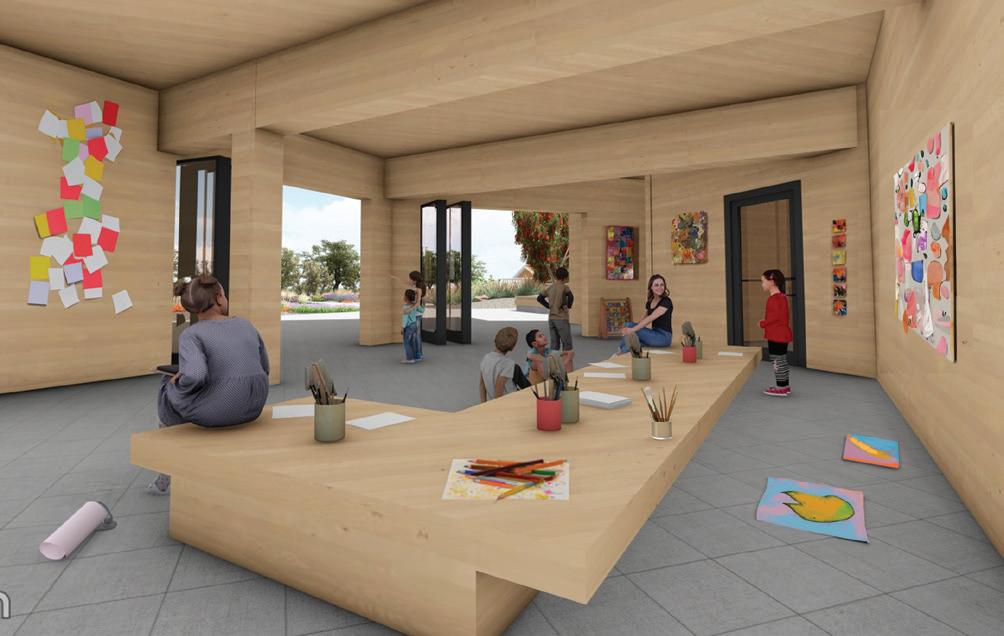
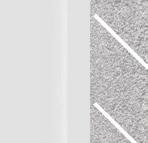
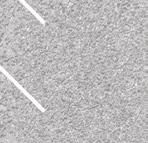


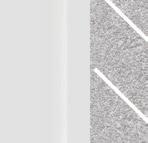


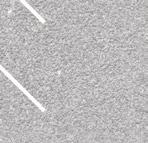
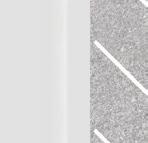
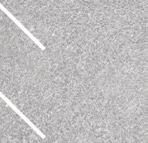
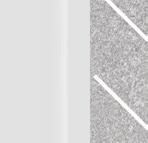
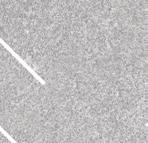


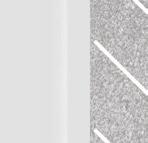


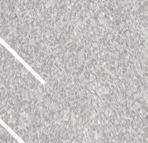
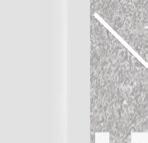
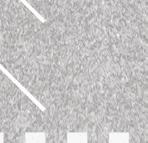
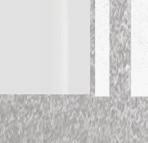
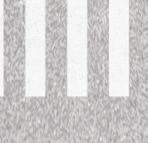




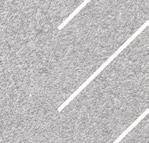

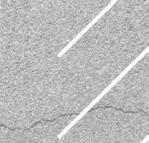
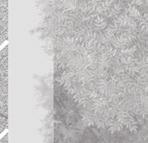
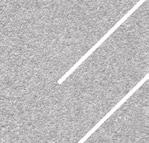


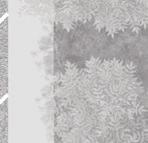




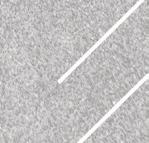



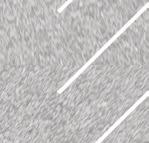
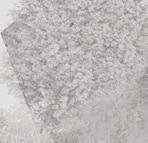

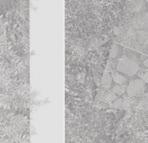

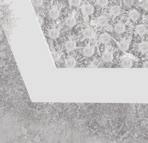
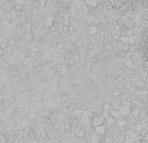
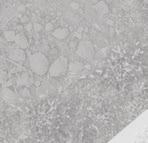

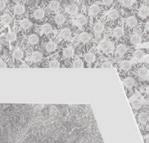
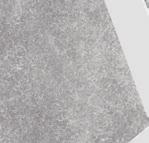
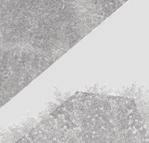




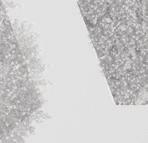
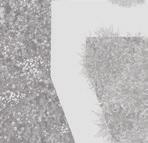



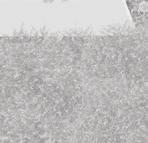

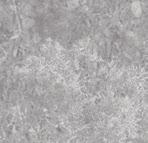





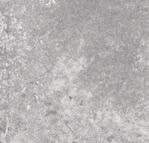
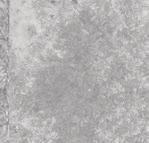
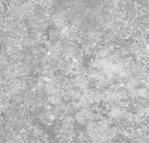
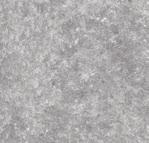
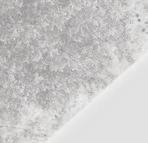


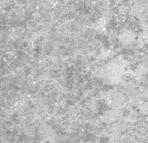



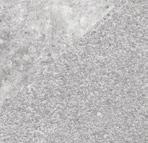
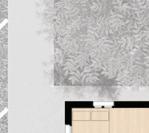
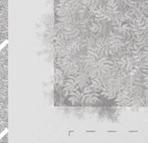
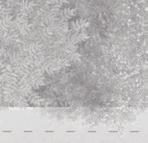




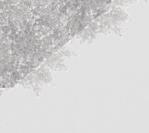








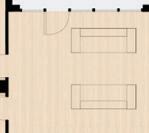


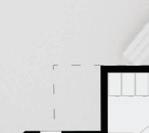



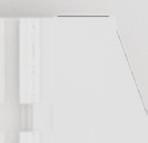


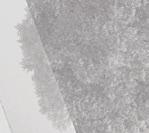
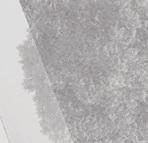
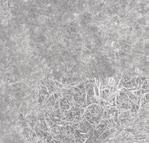

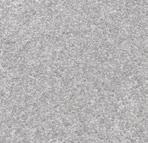

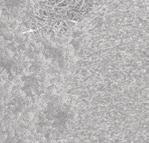
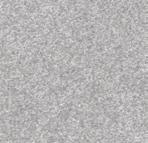

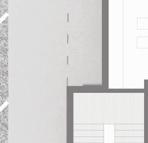


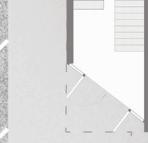

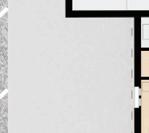
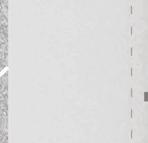
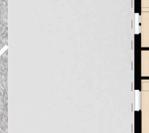
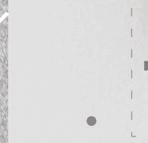
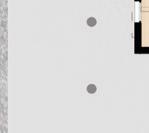
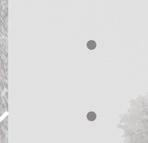

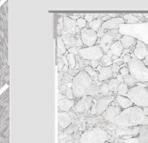



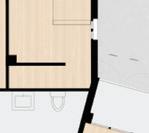

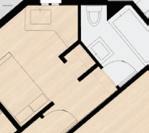


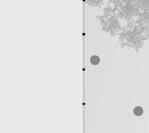


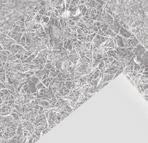

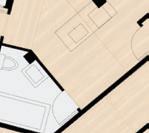
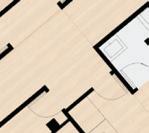

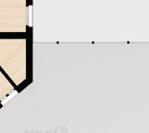





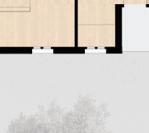


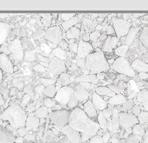

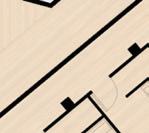





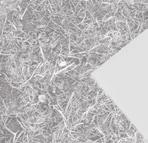



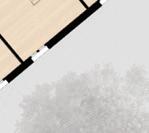


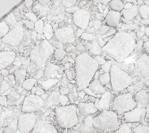

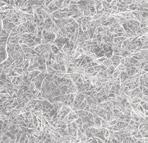
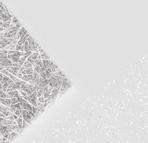




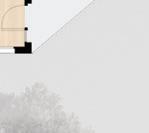
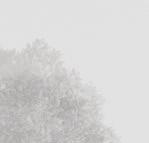



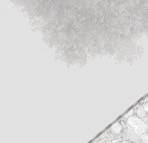

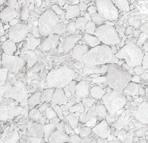

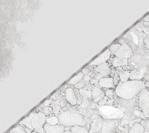
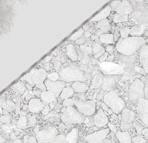

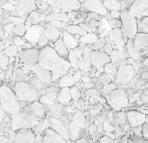



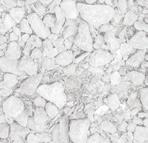



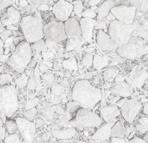
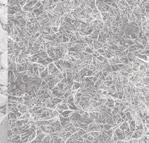

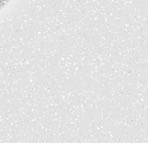
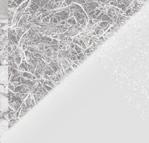





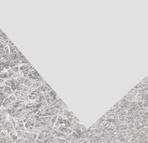
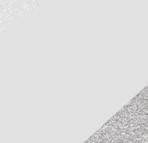




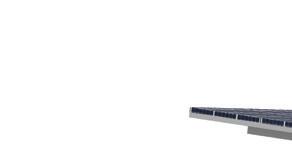











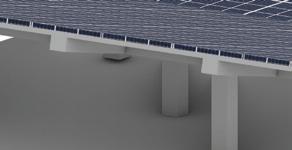
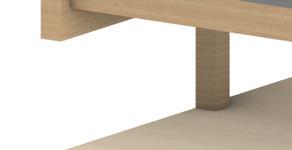

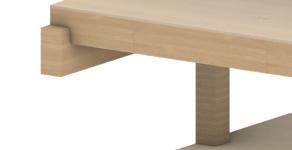
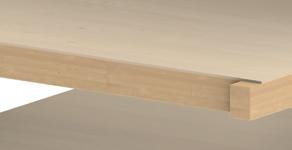
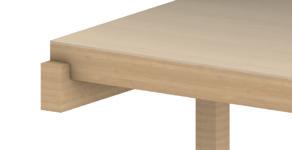
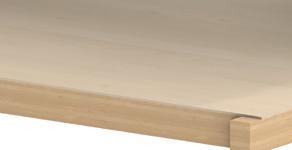






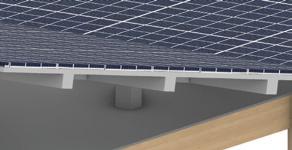
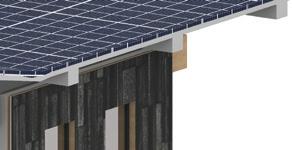
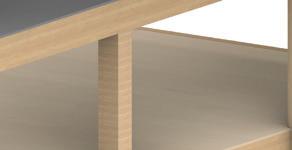

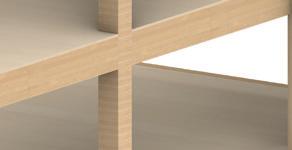
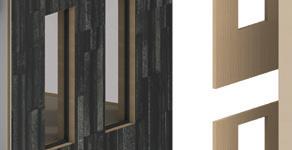
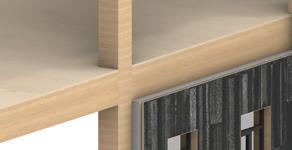
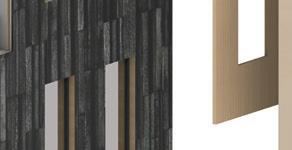










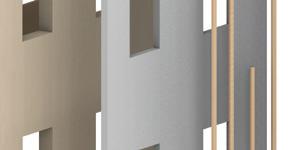
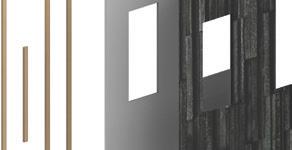
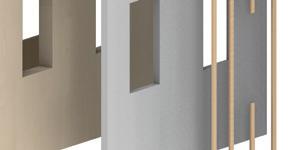


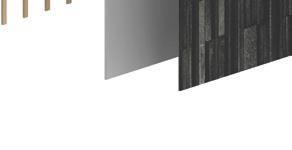





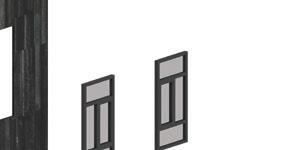








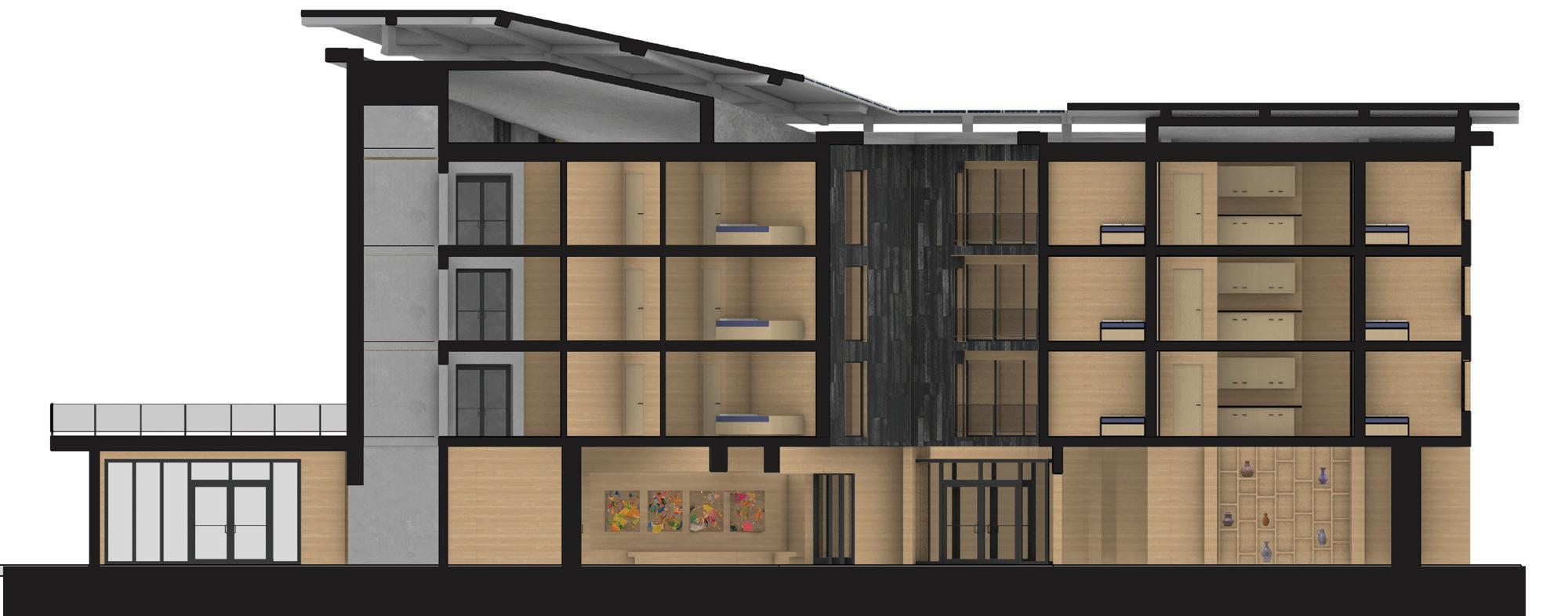


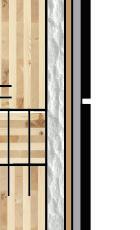
Chapter 02:
Class: Arch 203
Instructor: Marti Cowan
Term: Spring 2023
Site: Whitman Co. Parcel 127800002070000, Elberton, Washington.
During the Great Depression, the small town of Elberton, Washington faced extreme flooding events and devastating fires, crippling the town’s growth. The resulting destruction and economic hardship led to a mass exodus, culminating in the town’s dis-incorporation in 1966.
With the goal of revitalizing this once prosperous town, our studio set out to design institutions which would be vital to re-building a community. Named after John Elwood, the unofficial mayor of Elberton, the Elwood Education Center became my contribution to the project. The facility seeks to entangle itself with the planned network of pedestrian paths as well as the existing automobile roads to establish itself as a pillar of the community.
The design philosophy of the school was derived from chapter 20 of the book “25 Buildings Every Architect Should Understand” written by Simon Unwin. This chapter vividly describes Unwin’s sensational experience at Peter Zumthor’s Thermal Baths in Vals, Switzerland For this Project, our instructor redacted the name and all images of the building from our chapters. This way, the essence of the building was captured using only Simon Unwin’s written interpretations of the structure.



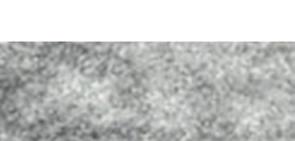

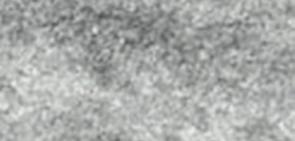


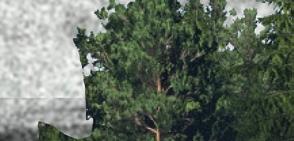

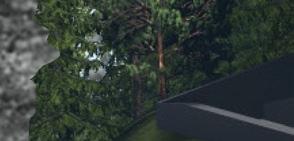
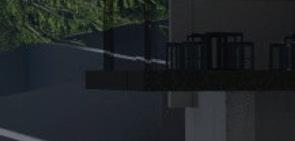
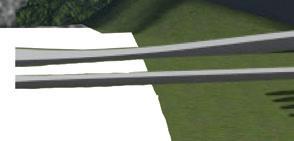
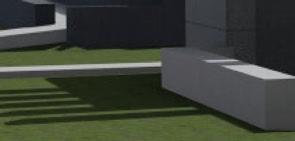
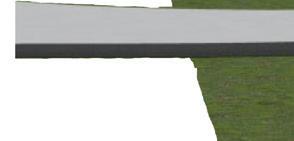
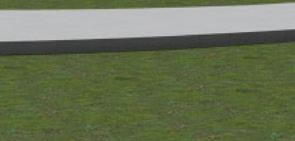
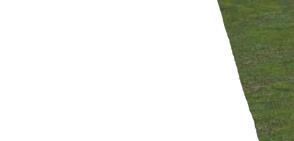
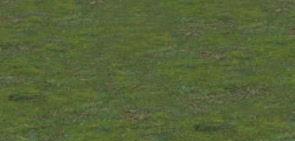








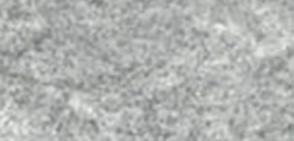
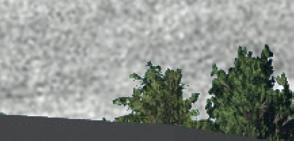
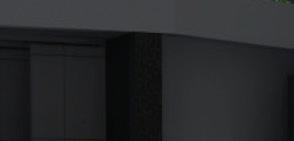
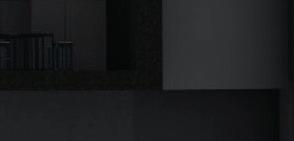

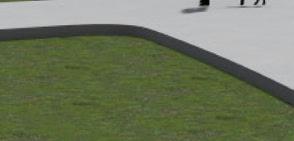
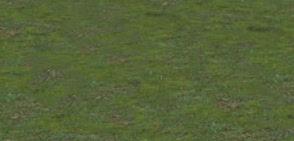




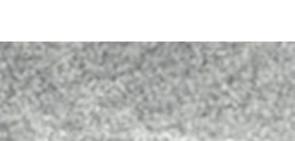



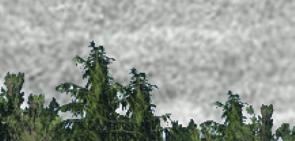


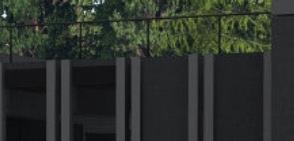


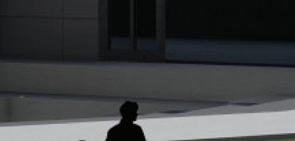
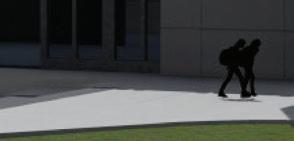

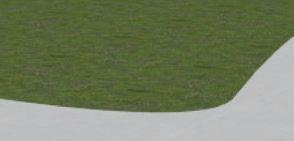
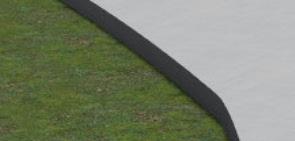





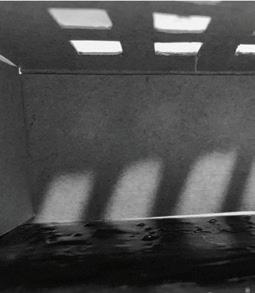


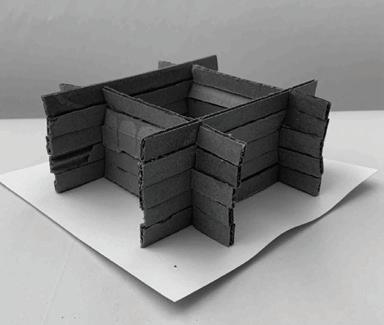



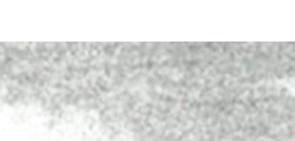



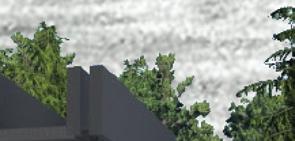
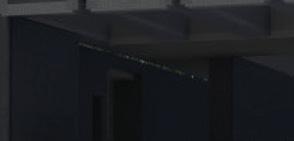

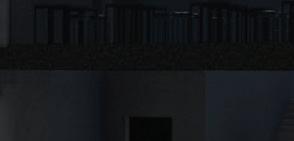



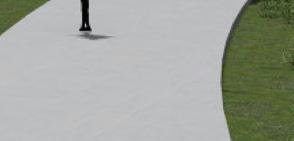
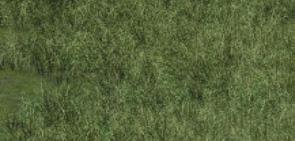

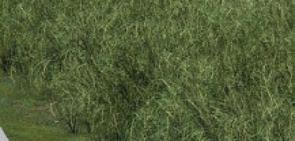

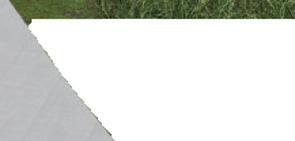




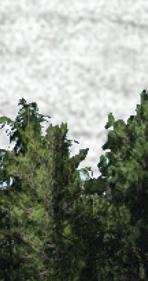







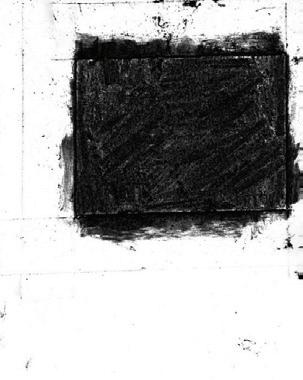




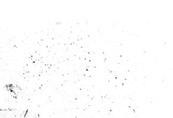

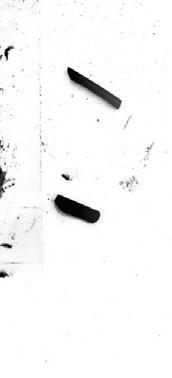

Models and sketches were crafted using descriptions of a mysterious building in Simon Unwin’s book “25 Buildings Every Architect Should Understand”. Our professor redacted the name of the building and all its images so that the stand-alone essence of the building could be captured prior to seeing the building.


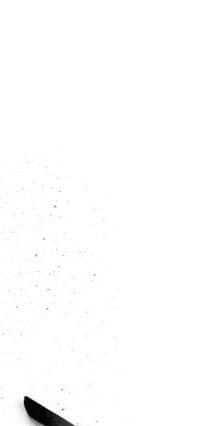


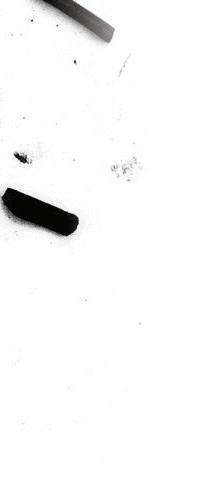
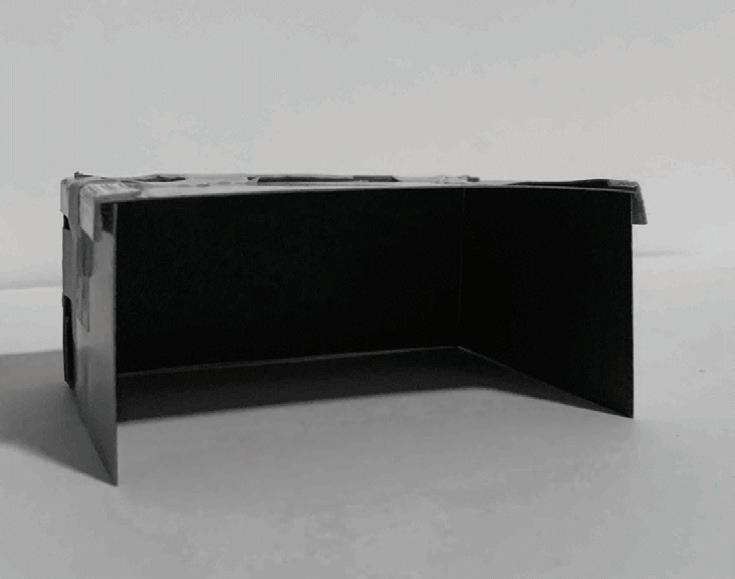
“SPACE CAN BE WON BY EXCAVATION” (UNWIN, 206)
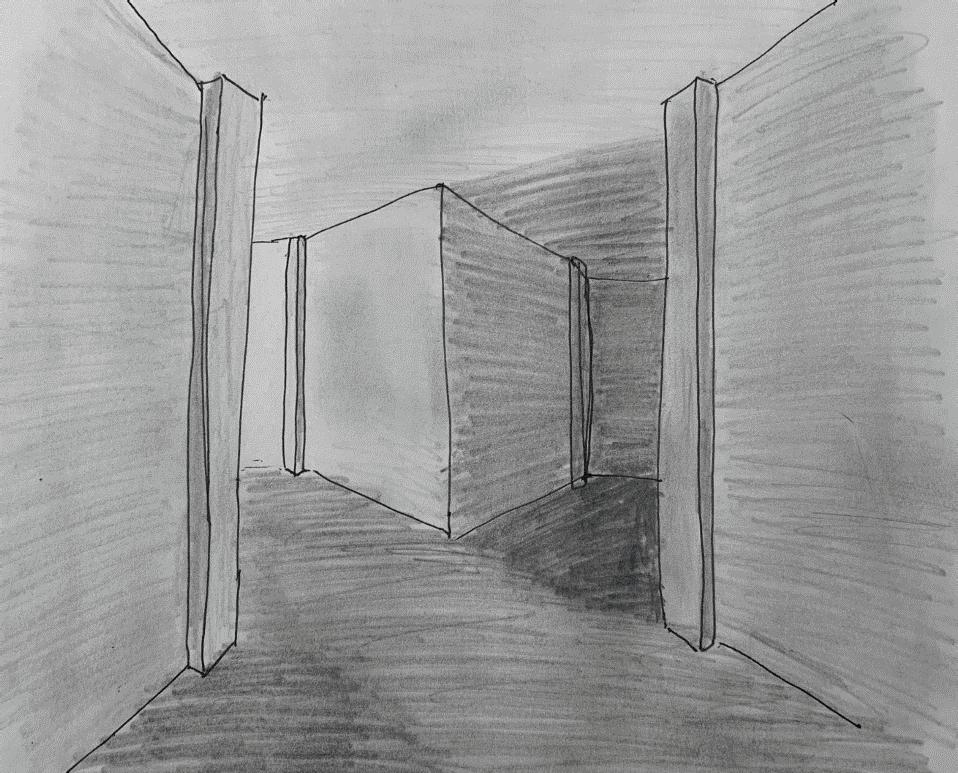
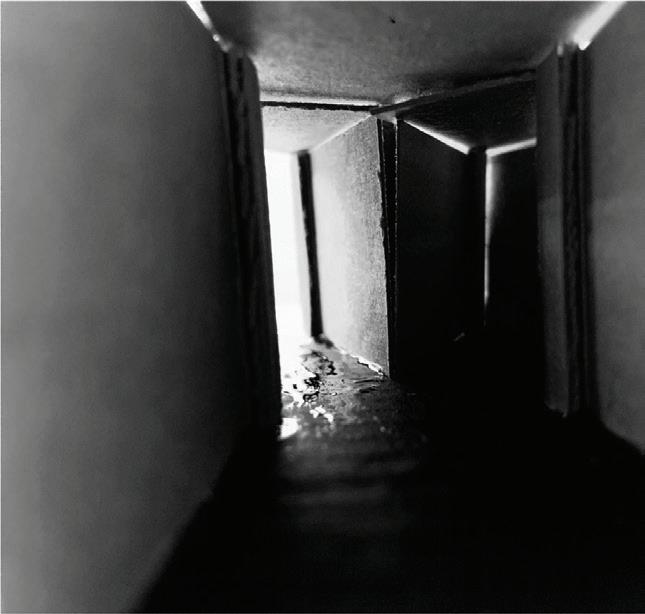

“A PLACE TO EXPLORE”
(UNWIN, 206)

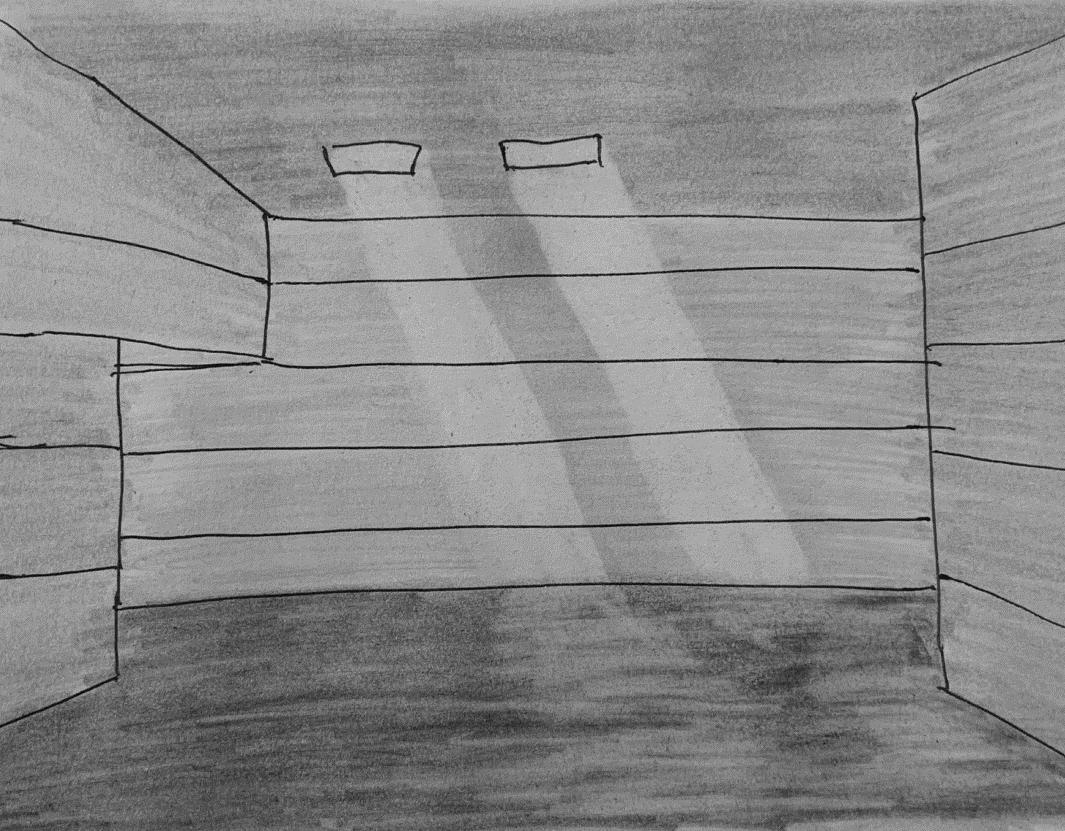
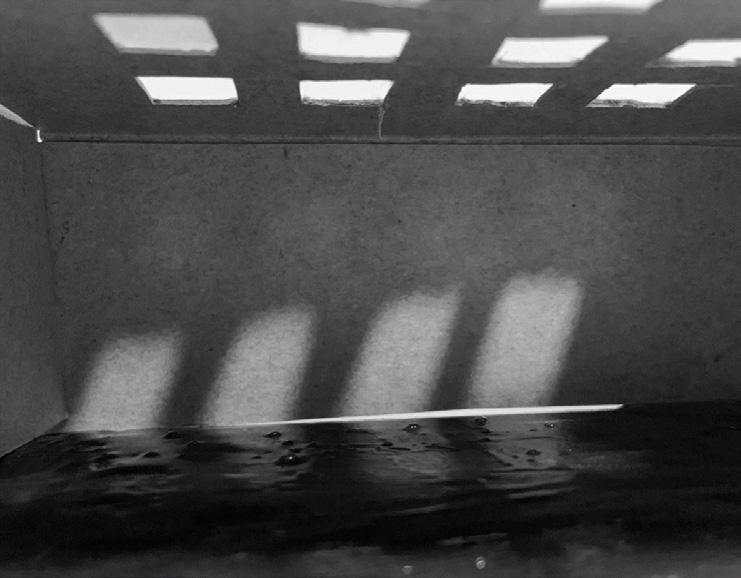
“SHAFTS


“A MONOLITH OF THIN SLICES” (UNWIN, 207)

OF SUNLIGHT STRIKE IN THE MORNING” (UNWIN, 207)
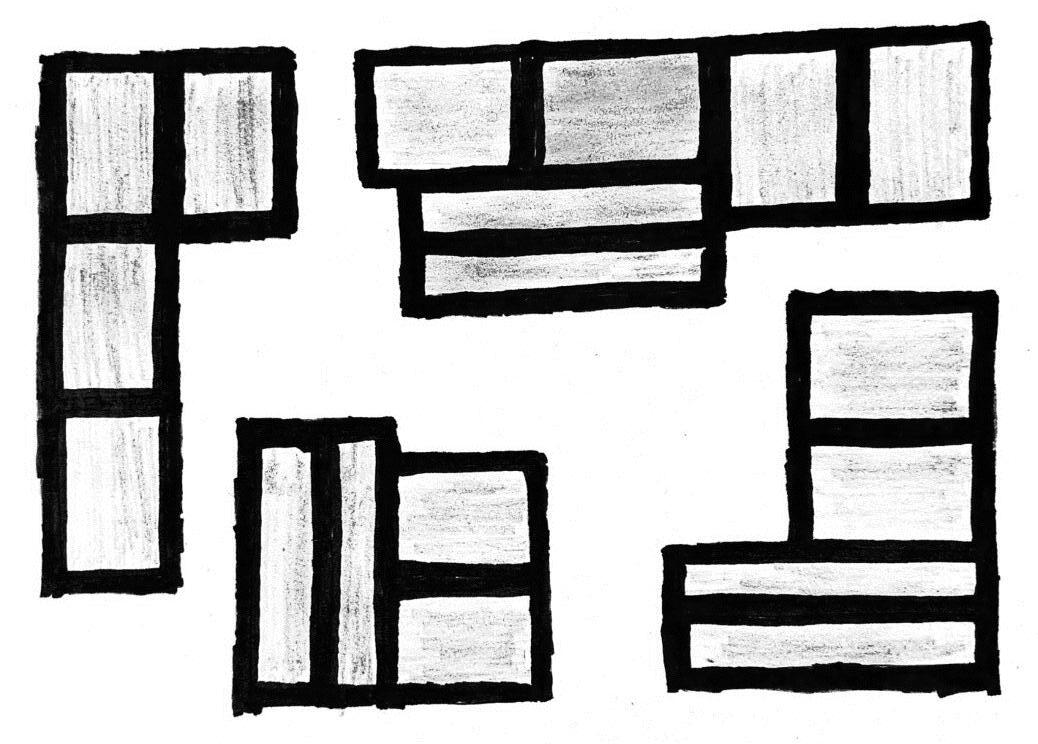
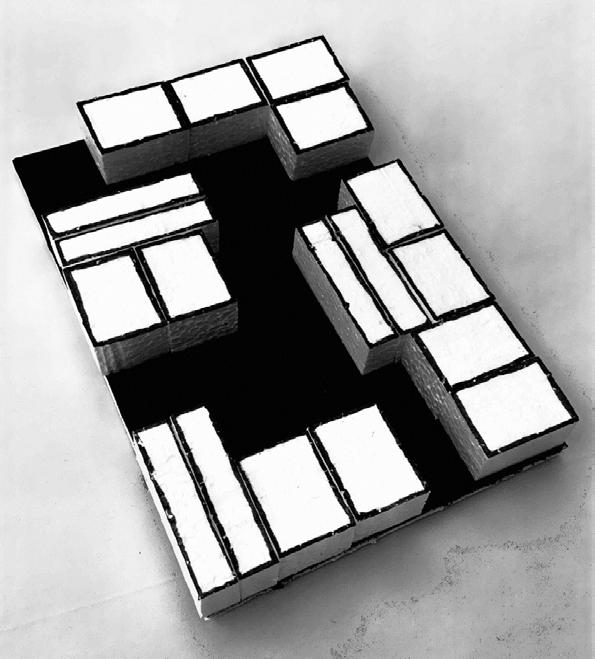
“A CAVE SYSTEM MADE BY A GEOMETER” (UNWIN, 209)


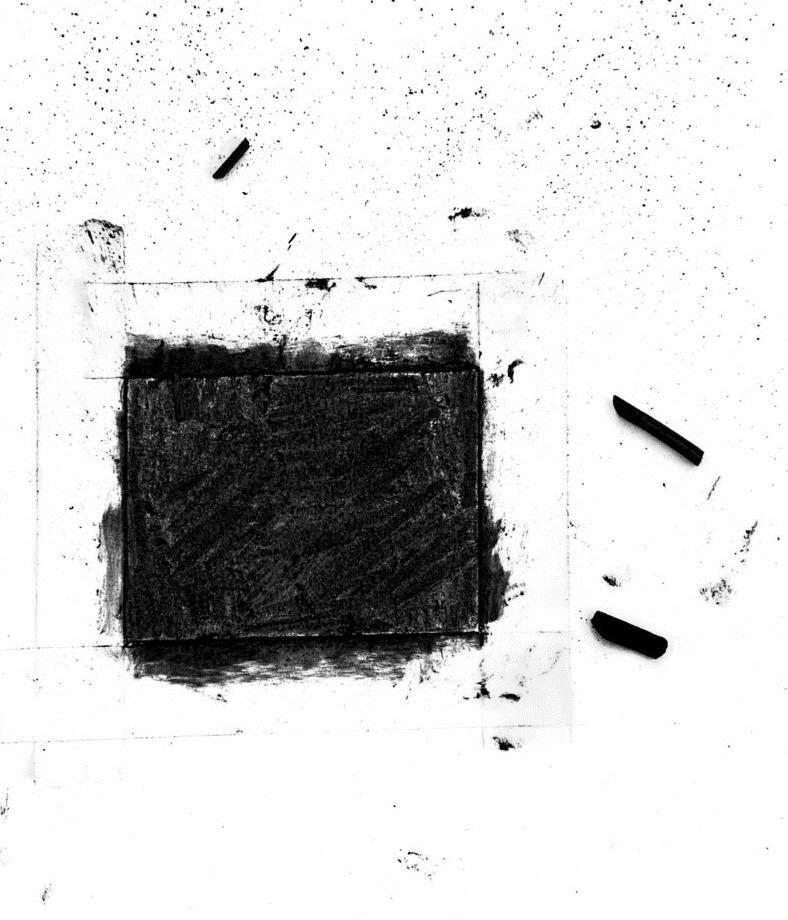
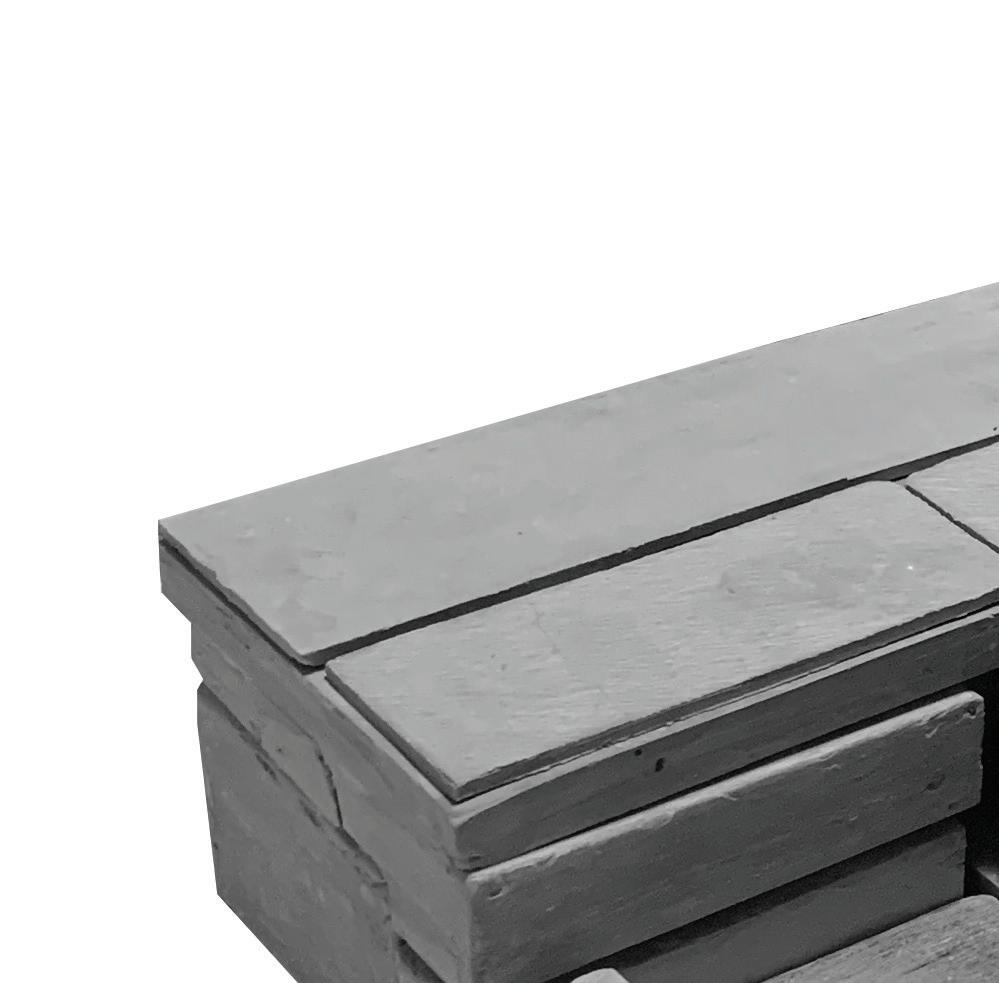
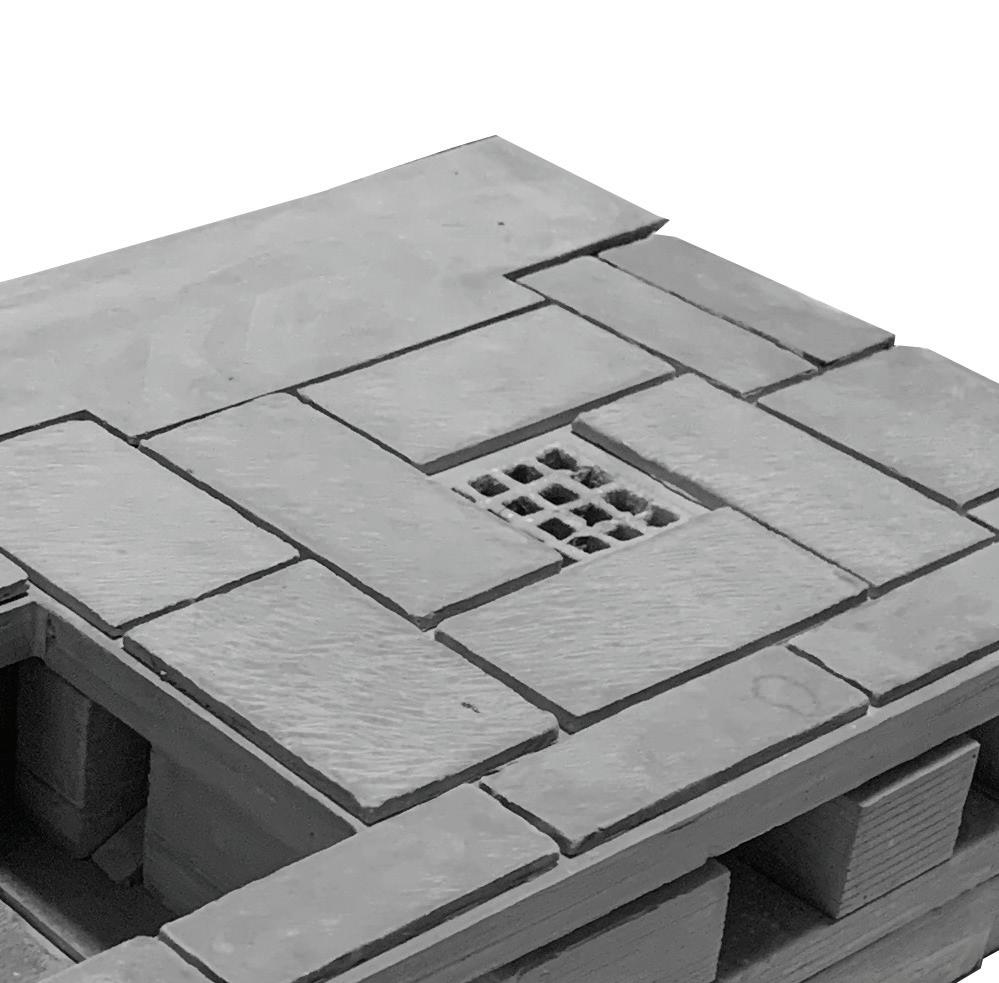
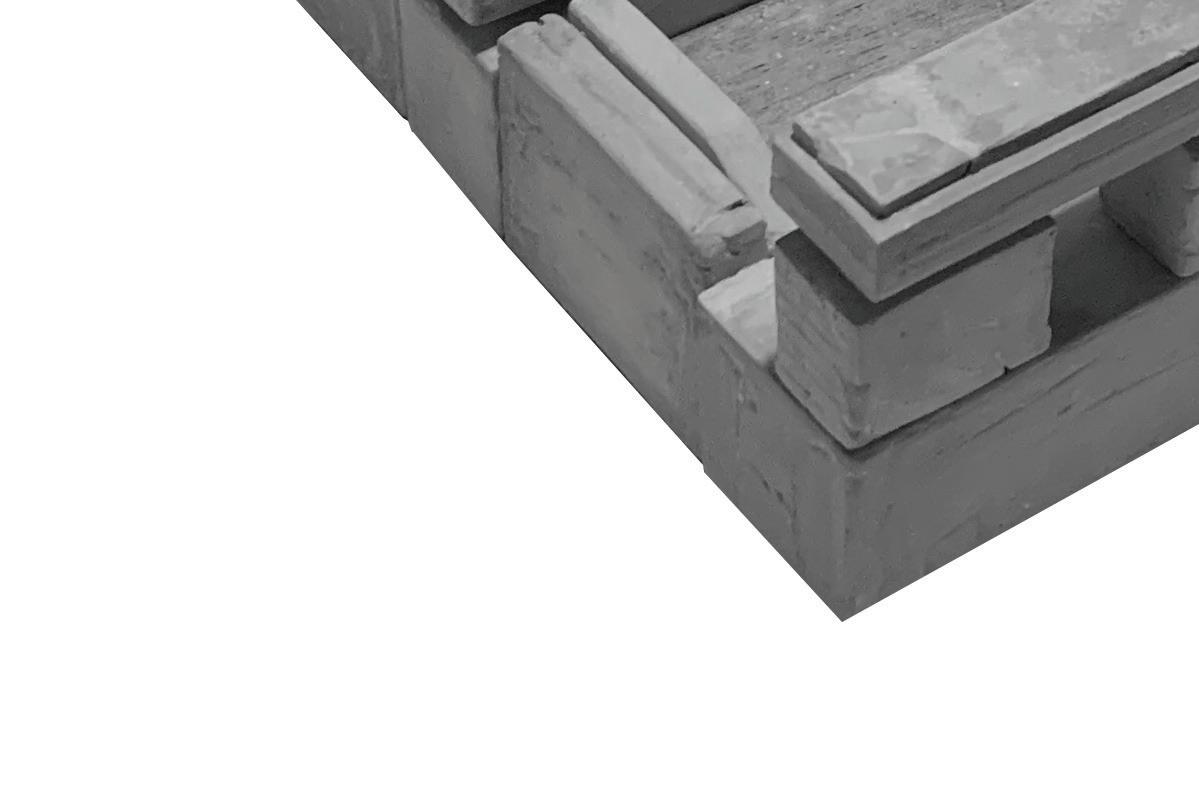
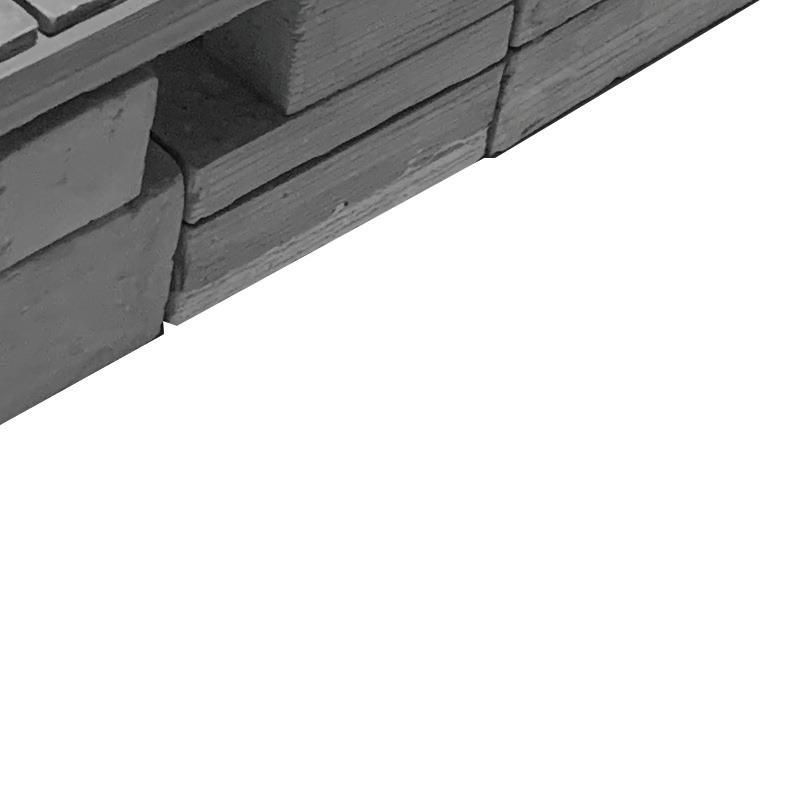

After capturing the essence of the mysterious architectural wonder described in Simon Unwin’s book “25 Buildings Every Architect Should Understand”. It was revealed to us that the building was Peter Zumthor’s Thermal Baths in Vals, Switzerland.
In a collaboration with three classmates; Katie Bunge, Daniel Hernandez, and Emily McKeel, the bathhouse was recreated as a 1/32” = 1’ rockite model. We each took responsibility for one of the four sections of the model, with my section being “Piece 3” and the roof being a collaborative effort.
The model provided us with a deeper understanding of the mysterious structure’s winding passageway configurations and how the character of each space is defined by its relationship with natural lighting exposure, and views to the outside world.
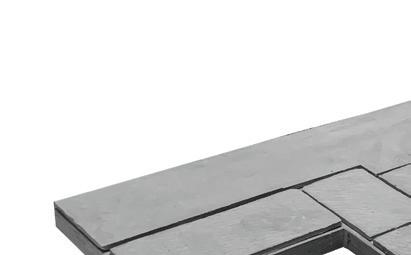

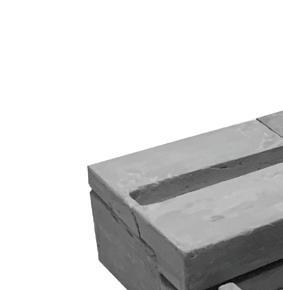

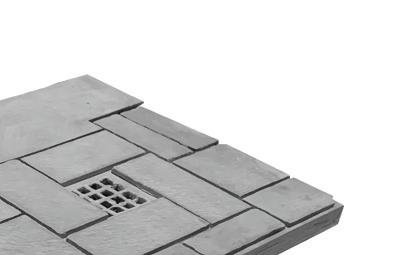








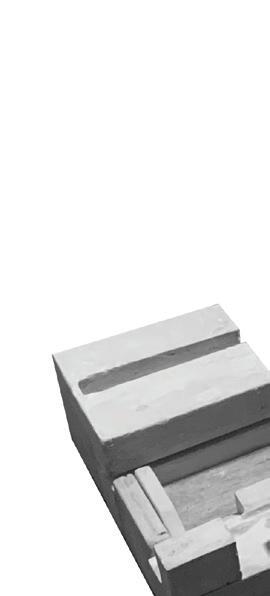




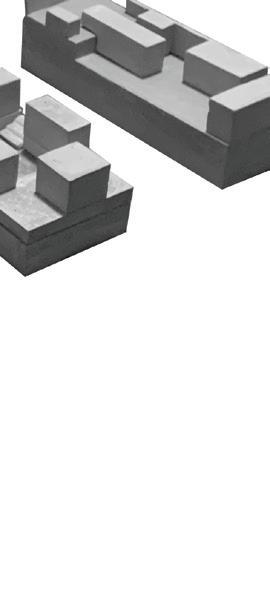


ROCKITE MODEL 1/32” = 1’
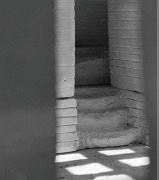
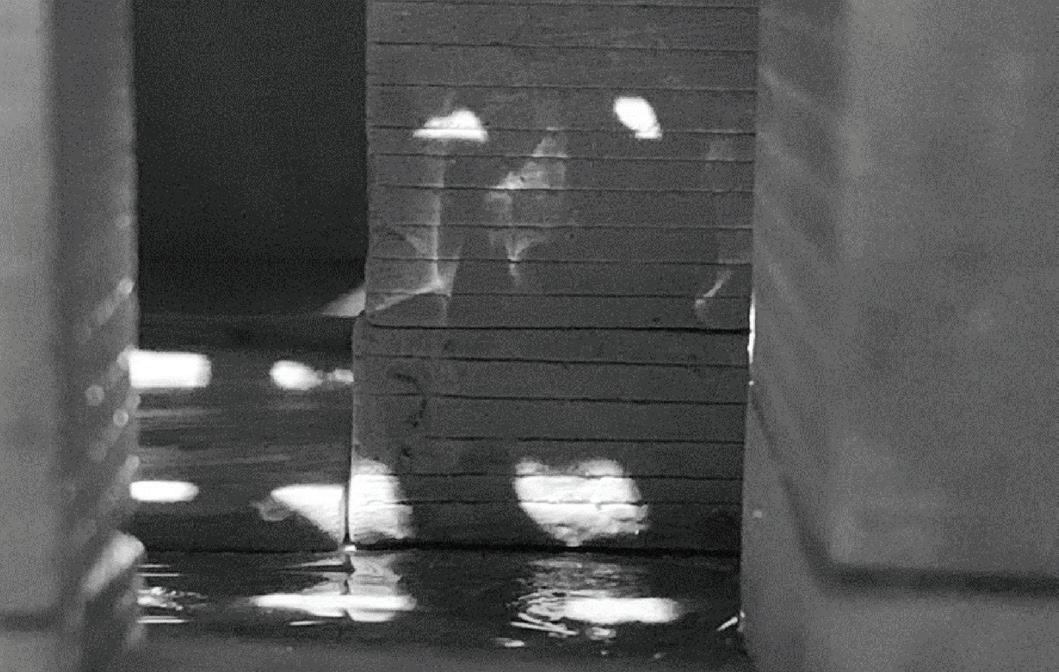

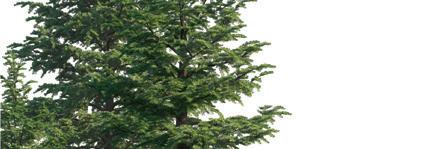
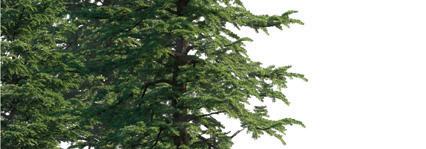

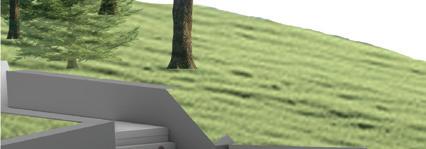
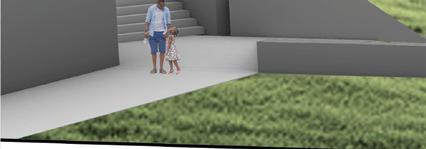





The design language of the envisioned school was derived from the essence of the quotes, models and sketches (on pages 13 and 14) which were crafted using, the descriptions of Therme Vals in Simon Unwin’s book “25 Buildings Every Architect Should Understand”.


“A MONOLITH OF THIN SLICES” (UNWIN, 207)









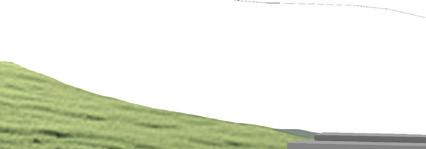
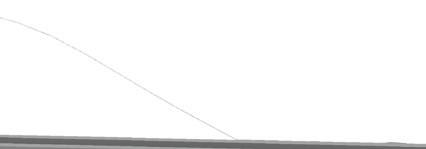







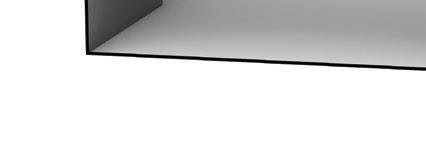





Thin slabs of basalt stone are precisely stacked to form the monolithic walls of the facility. These thin slices are arranged in a grid pattern which informs the wall alignment of the building.








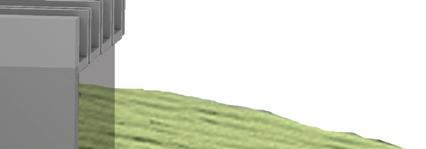
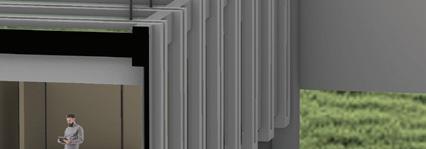
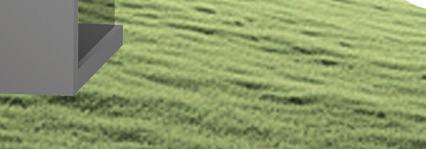

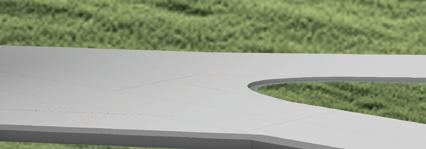
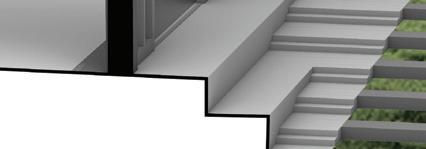
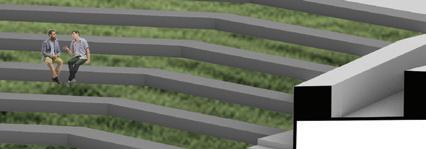











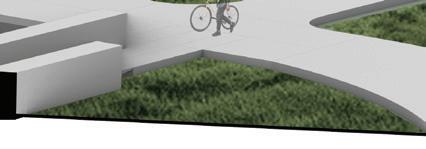


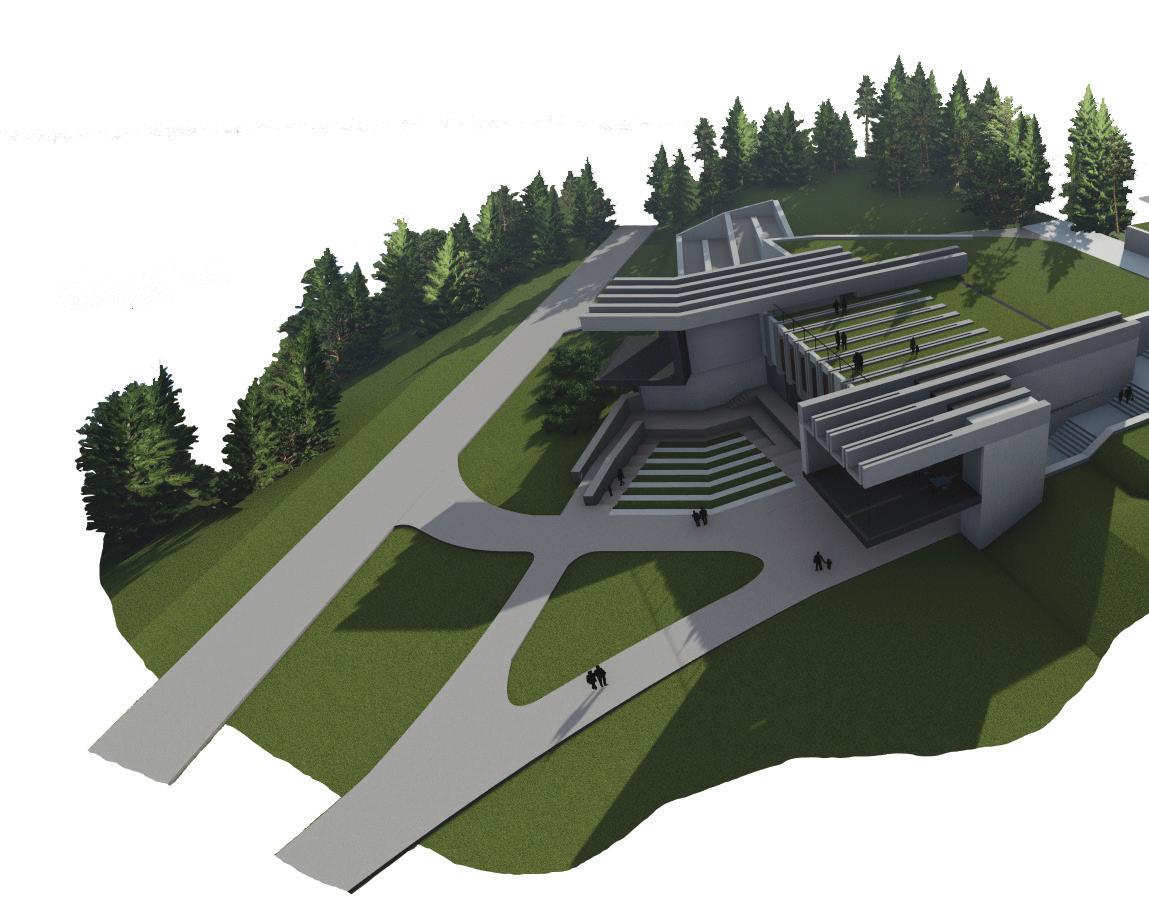
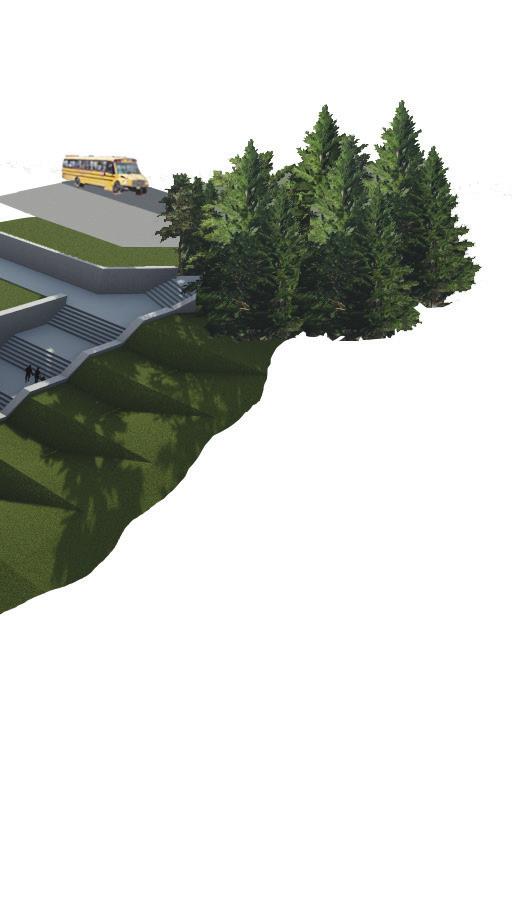


















“SPACE CAN BE WON BY EXCAVATION”
(UNWIN, 206)



The facility emerges from the landscape in which it is subtracted from, creating a mysterious and secure environment for students to learn in. The pedestrian walking path is united with the structure. By climbing beneath an edge of the school, it is able to challenge the mysterious veil of concrete and soil.




















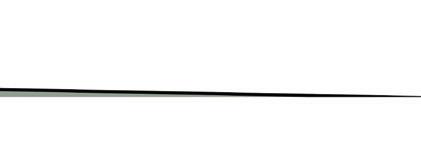










Integral to the design philosophy of the Vals Thermal Baths was the refined relationship between the desired character of a space, and its visual connection to the outdoors. Elwood Education Center seeks to reflect this philosophy by enclosing areas of concentration in a shroud of stone, while other areas, such as the lunchroom, which breaks free of the shroud and is elevated above a pedestrian walkway to provide a sheltered connection to the community through the refined portals of glass.
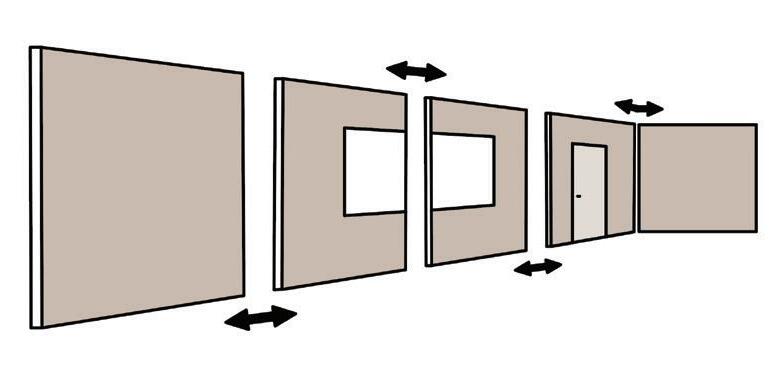
“A PLACE TO EXPLORE”
(UNWIN, 207)
The sliding panel walls enable classrooms to adjust in size based on daily lesson needs. They also provide flexibility to accommodate the small, rural community’s fluctuating student enrollment from year to year, providing students with an ever-changing place to explore.


(UNWIN, 206)
Gaps in between the beams which span across the structure, allow for slivers of light to subtly brighten up classrooms. To bring natural lighting to the lower level of the structure, some beams extend downward to the floor below, acting as walls on the upper level.
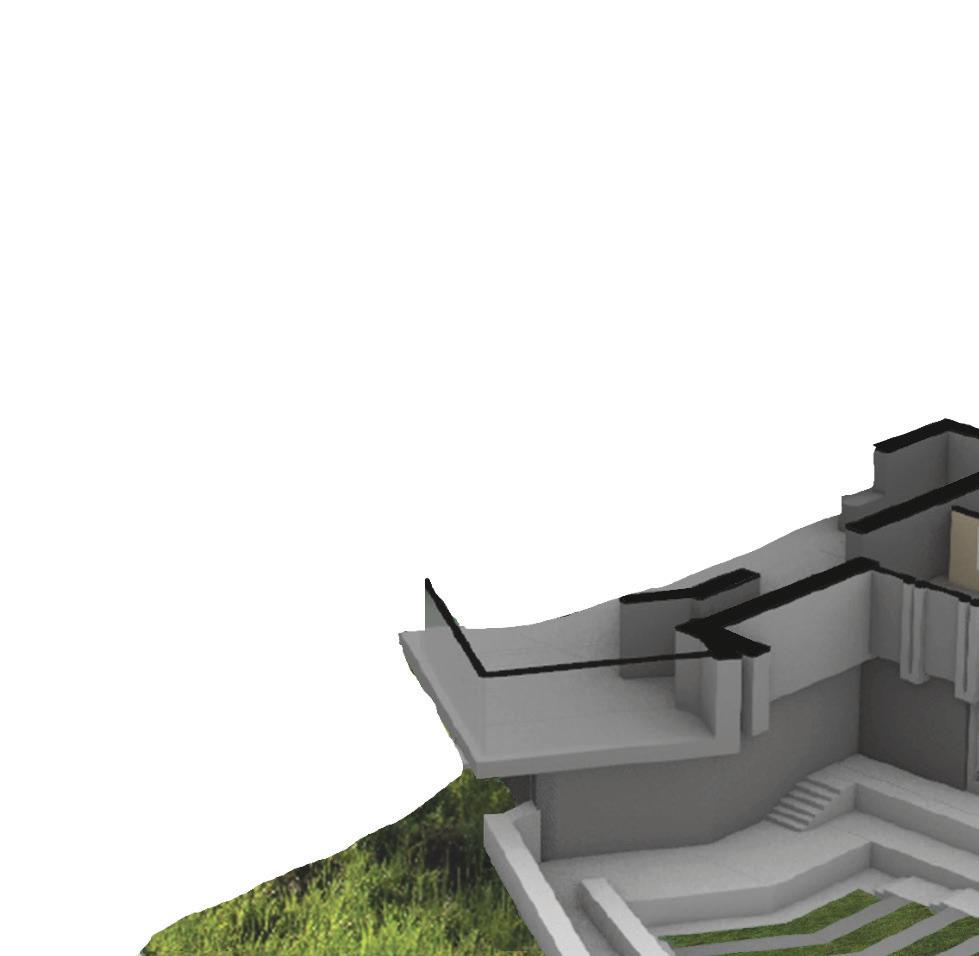
(UNWIN, 209)
Peter Zumthor’s foundational concept of a geometrical cave system is reflected in the ever-changing geometric floor plan of the school.
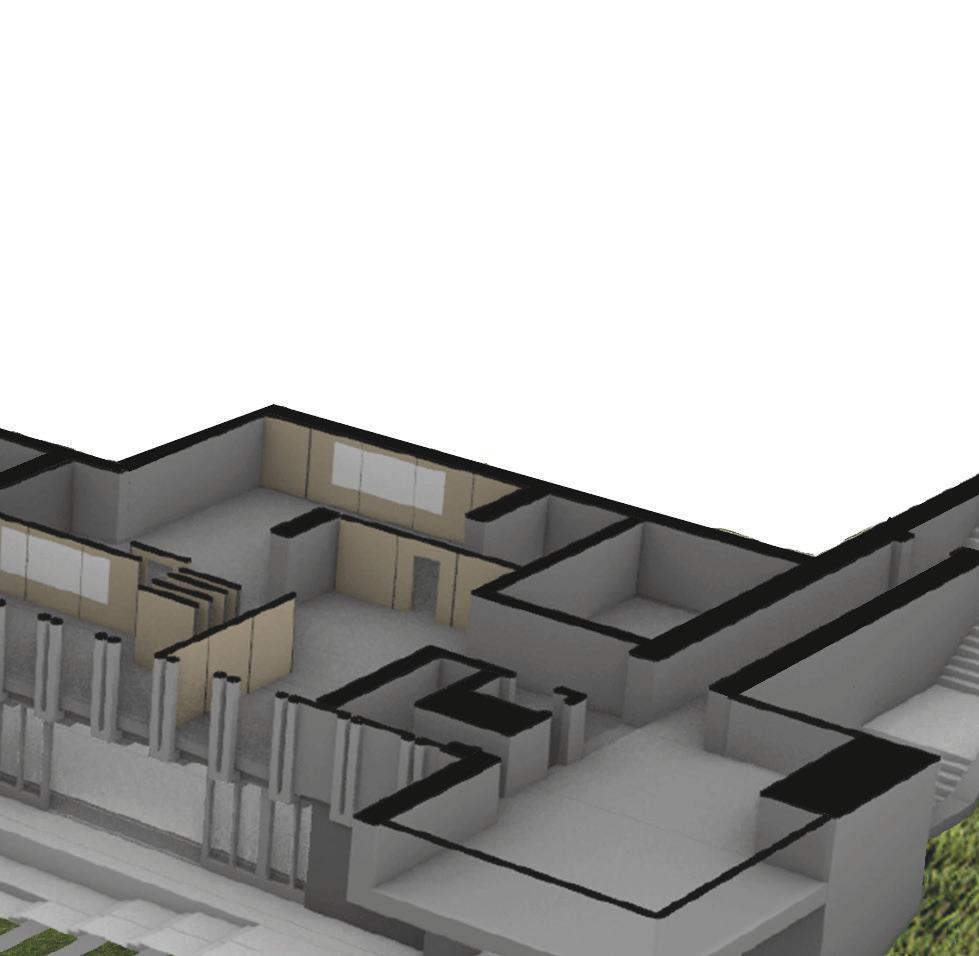

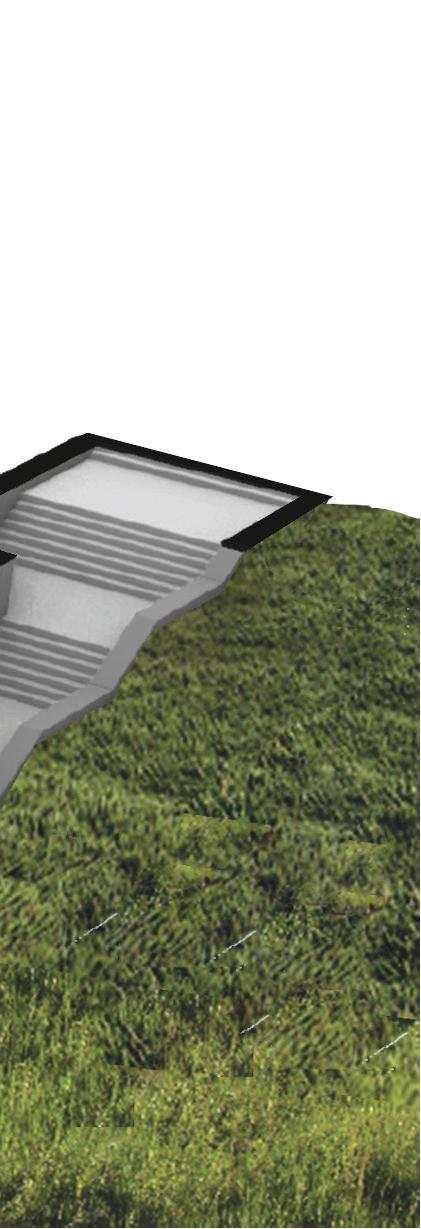
Chapter 03:
Class: Arch 301
Instructor: Marti Cowan
Term: Fall 2023
Site: 301 E. Main Street, Pullman, Washington.
The Lunula Opera House was designed to give the community of Pullman, WA, an exciting, out-of-world experience. The venue provides local theater groups with a modern performance center which acts as a community unifier and contributes to the urban fabric of the main street.
The structure’s form was derived from the re-imagining of a disused musical object and transforming it into the foundation for the proposed performance center. This conceptual approach crafted unique moments of collision and connection which would have been unimaginable from a blank canvas. The resultant moments of collision and connection enrich the spatial journey within the venue as they create curved pathways and unexpected openings which guide visitors through an otherworldly perceptual experience.



This disused music speaker was re-imagined and analyzed so it could become the design foundation for the Lunula Opera House. The forgotten object is given new purpose as it becomes the cornerstone of performing arts in the Palouse region.
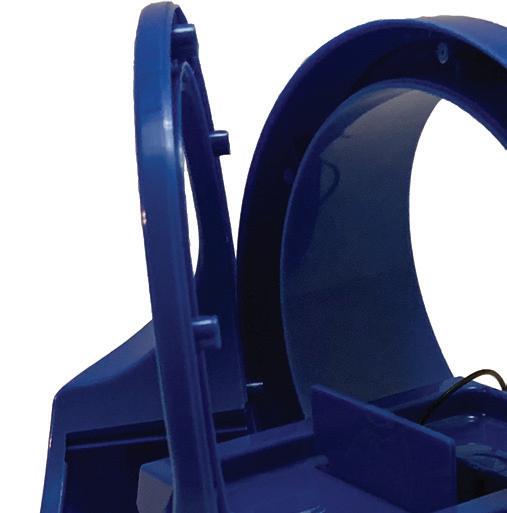
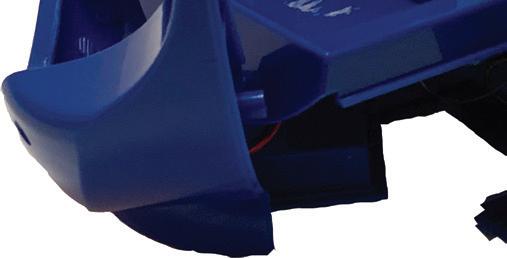





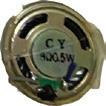



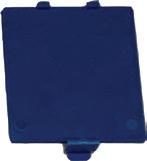
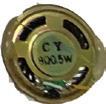



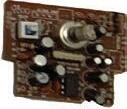






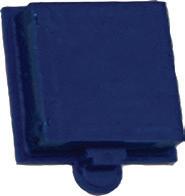



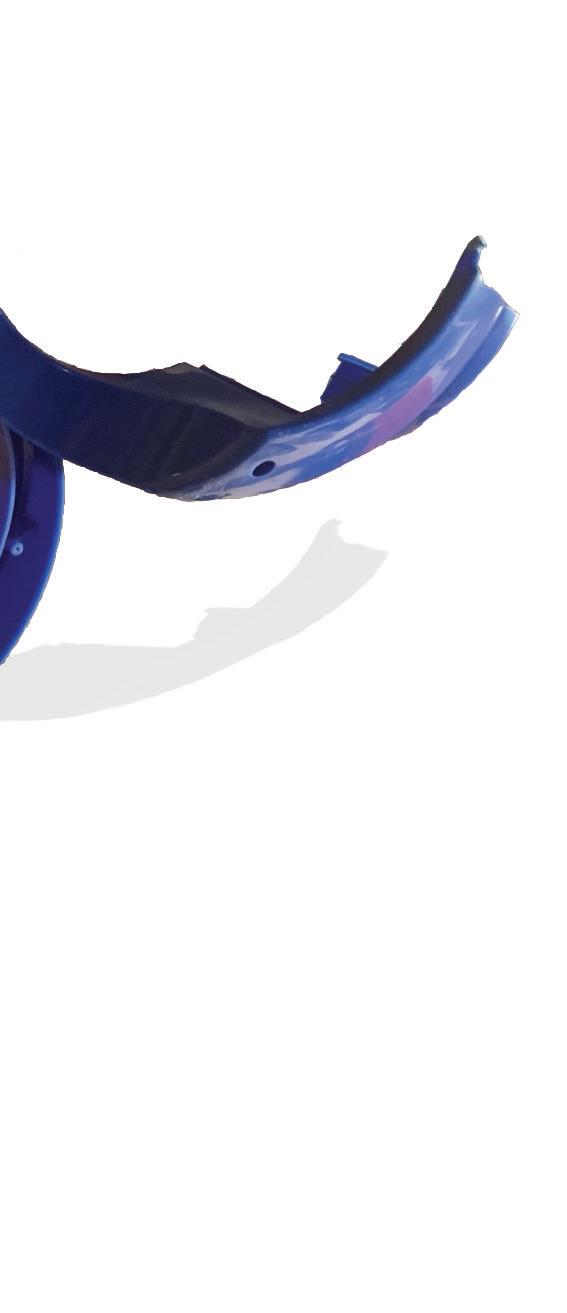
The re-imagined form was created using only components from the original artifact. Adhesives such as tape and glue were not utilized, the artifact’s defiance of gravity is held together by the screws and latches of the original artifact.
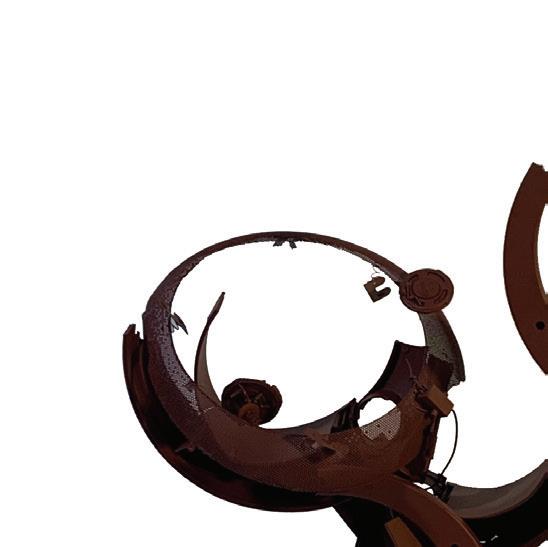



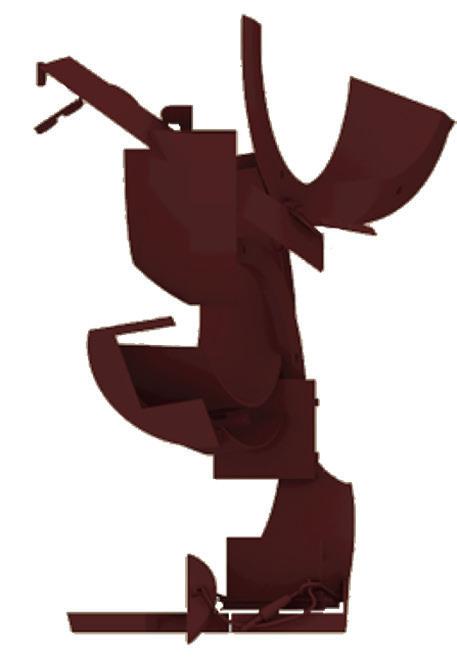
The re-imagined artifact is spray-painted to unify the components and create a continuous form. Using Rhino 3D, the artifact was digitally replicated to be further analyzed. A section cut was captured from the digital model to be used as the basis of design for section cut of the Lunula Opera House.






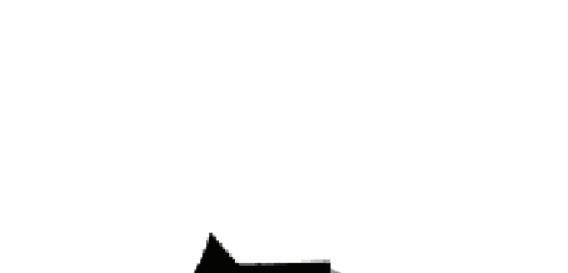
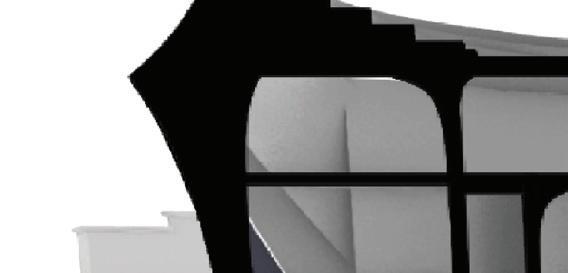













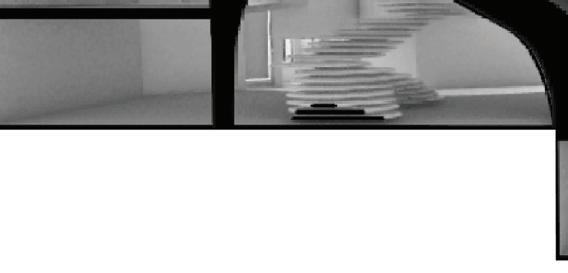





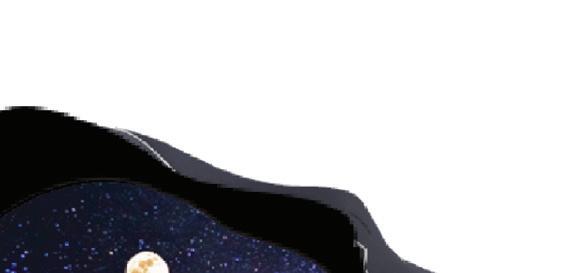





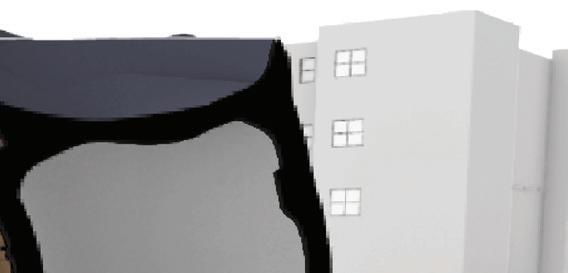



As they approach the Auditorium, visitors are met with a display of orbital collision above their heads. The captivating space acts as a transition between the realities of the outside environment and the alternate reality within the theater. The indoor auditorium space features a ceiling which projects ethereal environments to accompany performances in the venue.
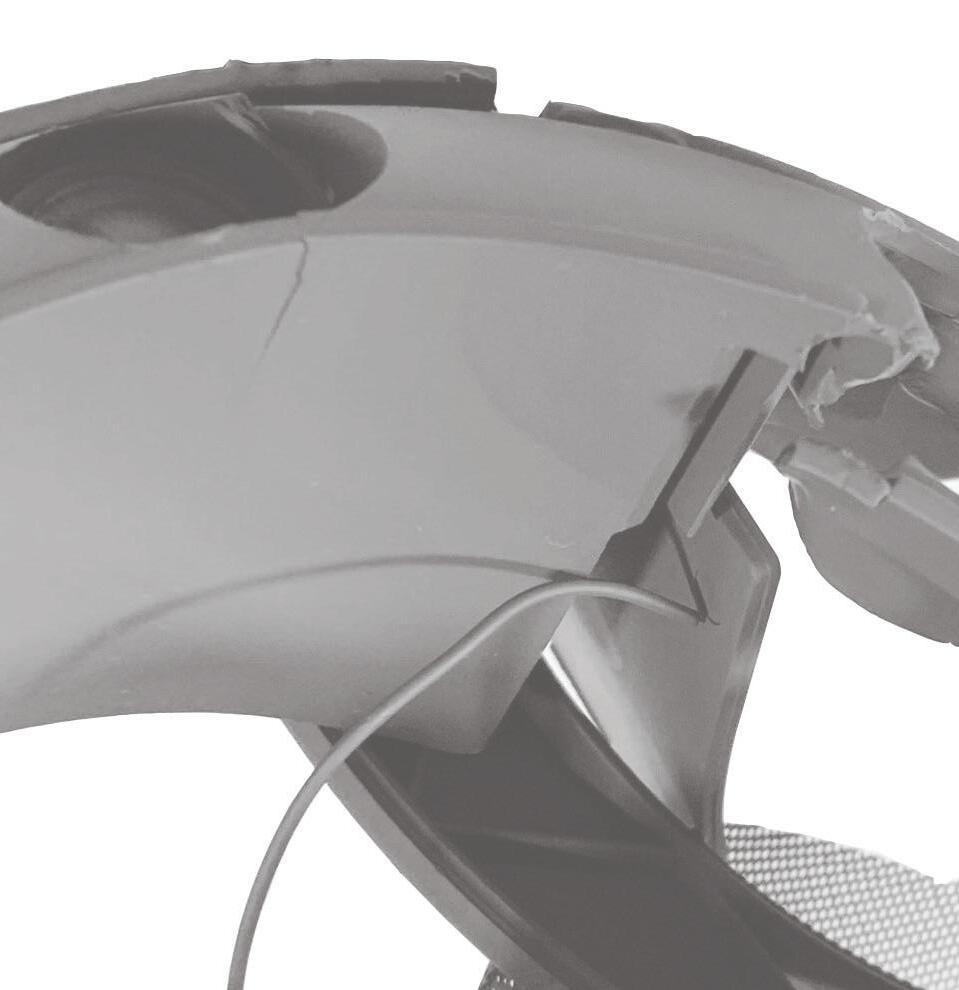





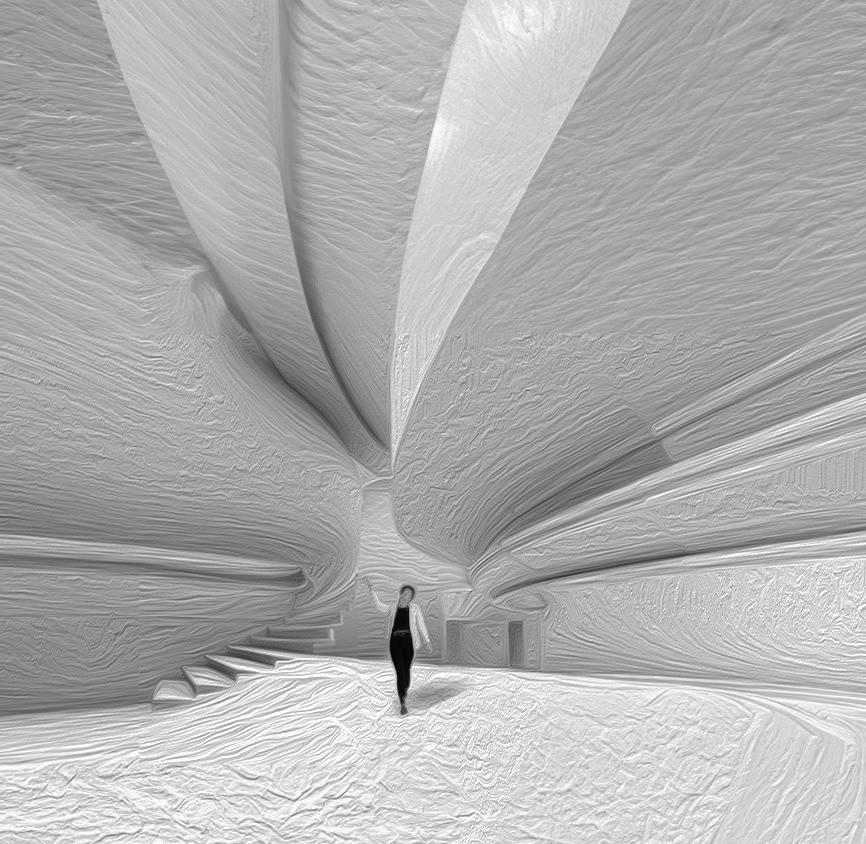
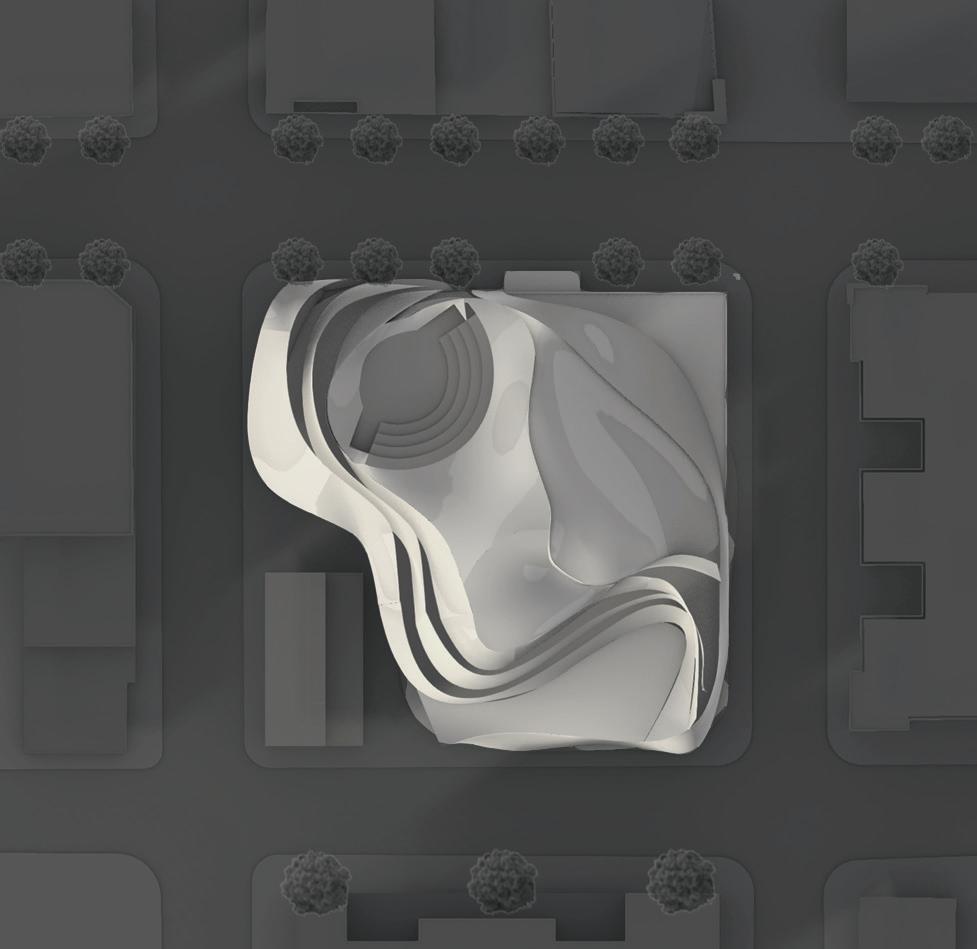

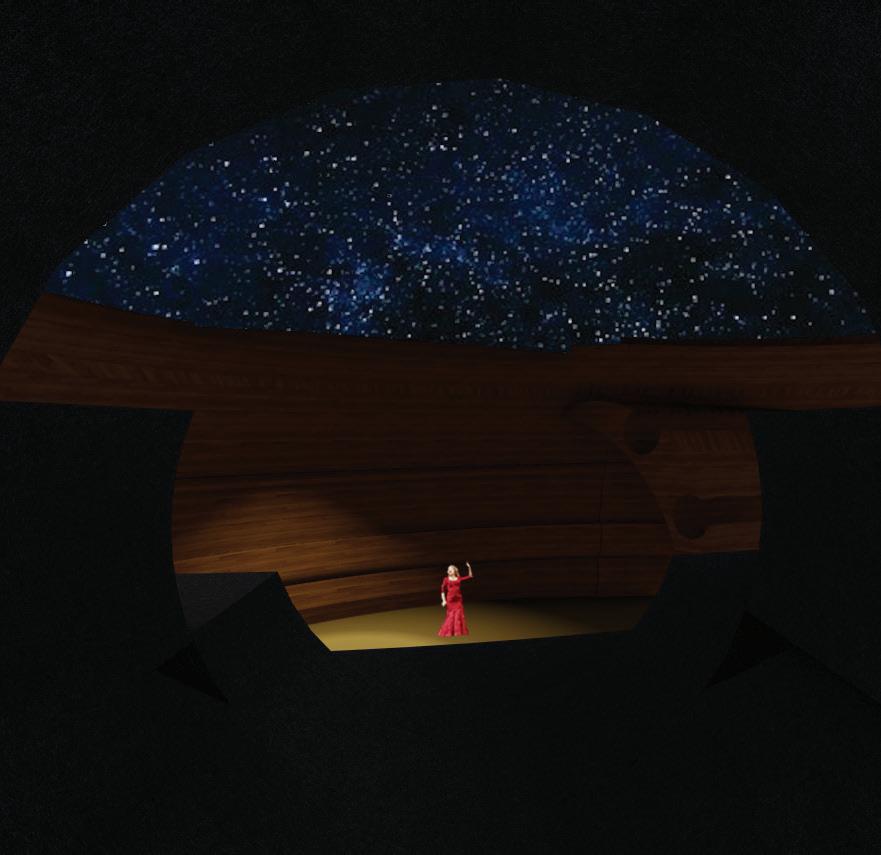
Chapter 04:
“Are We Human?” Gallery Presentation
Class: Arch 401
Instructor: Marti Cowan
Term: Fall 2024
Duration: 3 weeks
Book Referenced: “Are We Human?” Written by Beatriz Colomina and Mark Wigley. 2016.

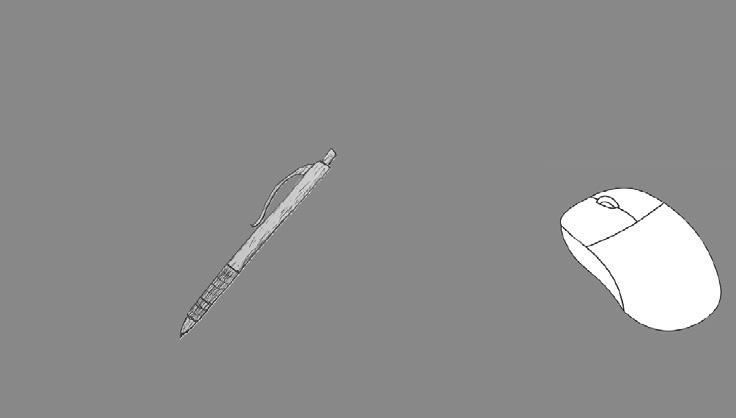
“TOOLS
INVENT THE HUMAN” (COLOMINA, 59)

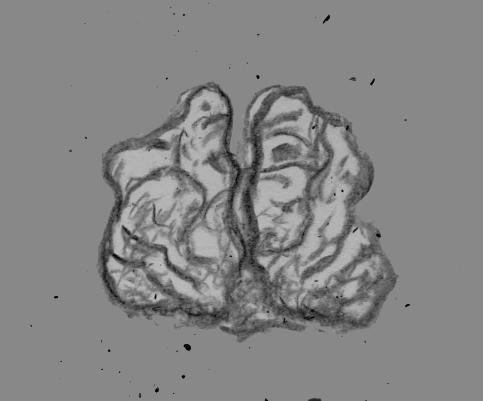

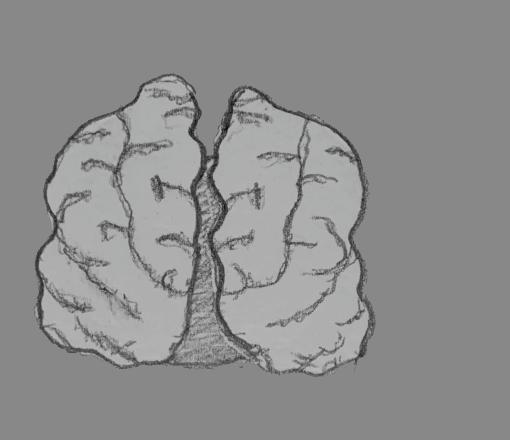


“The human brain itself is a malleable artifact whose circuits are continually rearranged through engagement with material culture.” (COLOMINA, 54)
mystery that constantly being the ingredients neural tissue ecosystems
Cerebellum. This Like all with the in the the brain, individual, its invention the third Occipital Lobe. is vital to tools. the final itself and ways to can only of our

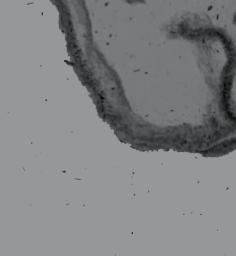
Frontal Lobe Analysis | Precision | Decision-making

Temporal Lobe Auditory | Encoding of Memory

Parietal Lobe Sensory Perception | Integration
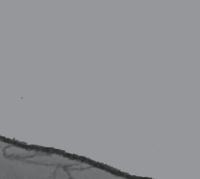
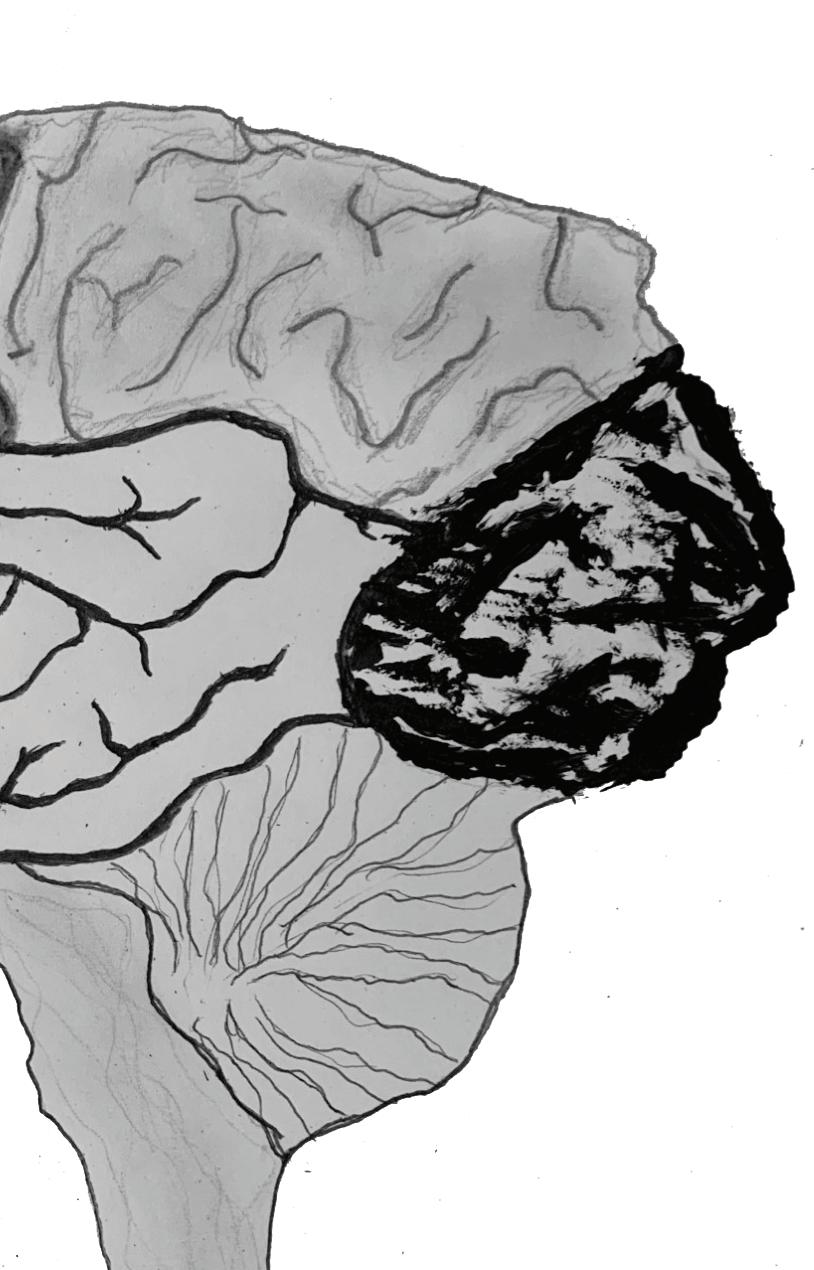
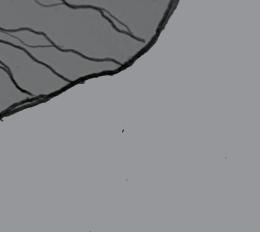
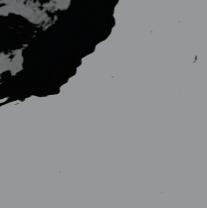
Occipital Lobe Recognition | Visual Perception

Cerebellum Balance | Equilibrium | Motor Functions
The human mind has been studied for centuries but is still yet a mystery that continues to unfold. In a continuous cycle of evolution, it is constantly being re-invented by the tools which surround it. At the surface level, the uninvented human mind comes down to a simple recipe. Our ingredients begin at the microscopic level, an immense weave of nerves and neural tissue intertwine to build complex ecosystems of electrical currents. These ecosystems form the five main ingredients of the human mind.
While all human minds are baked with the same ingredients, their recipe is constantly being re-invented by the breaded brain
While all human minds are baked with the same ingredients, their recipe is constantly being re-invented by the breaded brain

While all human minds are baked with the same ingredients, their recipes are Constantly being re-invented by the introduction of new tools.


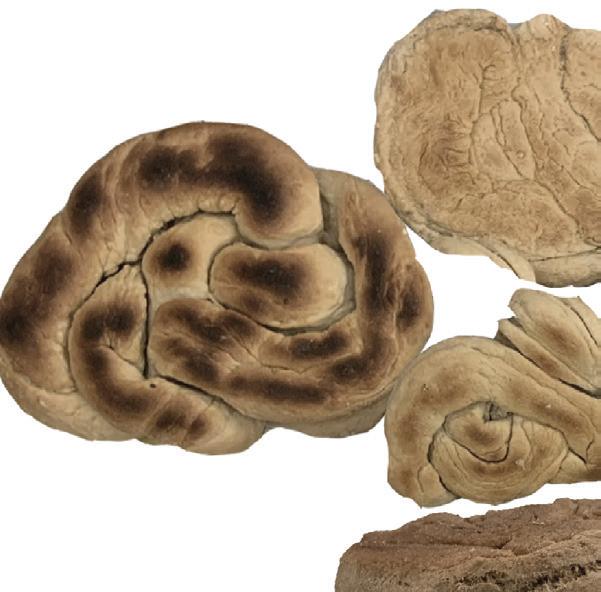


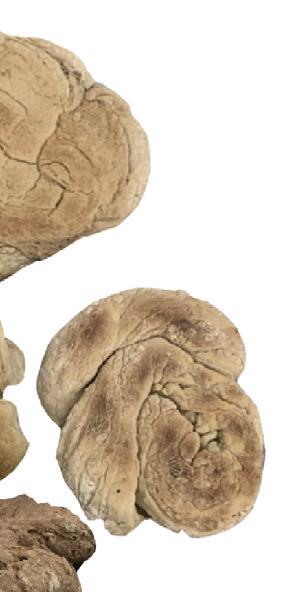

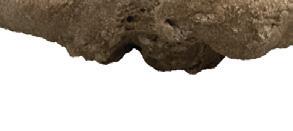






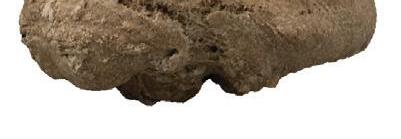

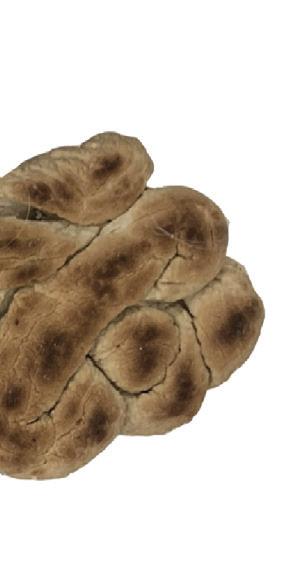


The creativity and perception of right side of the brain was articulated into the recipes of these components. Varying textures and baking techniques imply the illogical functions of this side of the mind.
The creativity and perception associated with the right side of the brain was implemented into the recipes of these components. Varying textures and baking techniques imply the illogical functions of this side of the human mind.
The logical and analytical thinking which is typically associated with the left side of the brain is represented in the precise recipe and shapes of these components. The creativity and perception associated with the right side of the brain was implemented into the recipes of these components. Varying textures and baking techniques imply the illogical functions of this side of the human mind.
The logical and analytical thinking which is typically associated with the left side of the brain is represented in the precise recipe and shapes of these components.
The logical and analytical thinking which is typically associated with the left side of the brain is represented in the precise recipe and shapes of these components.

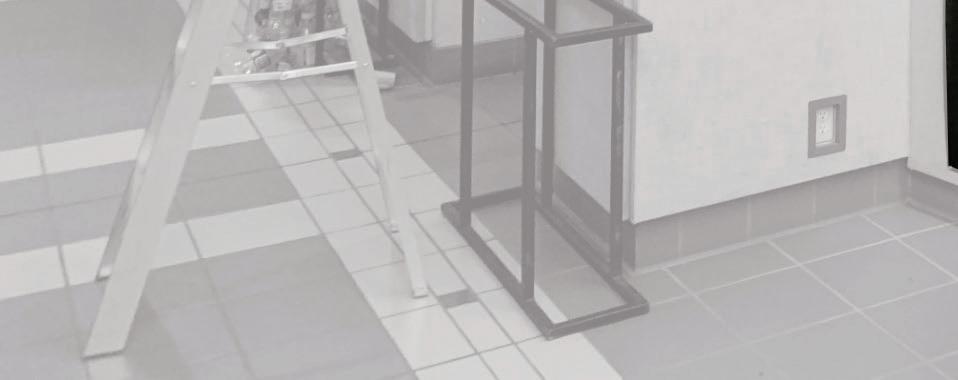
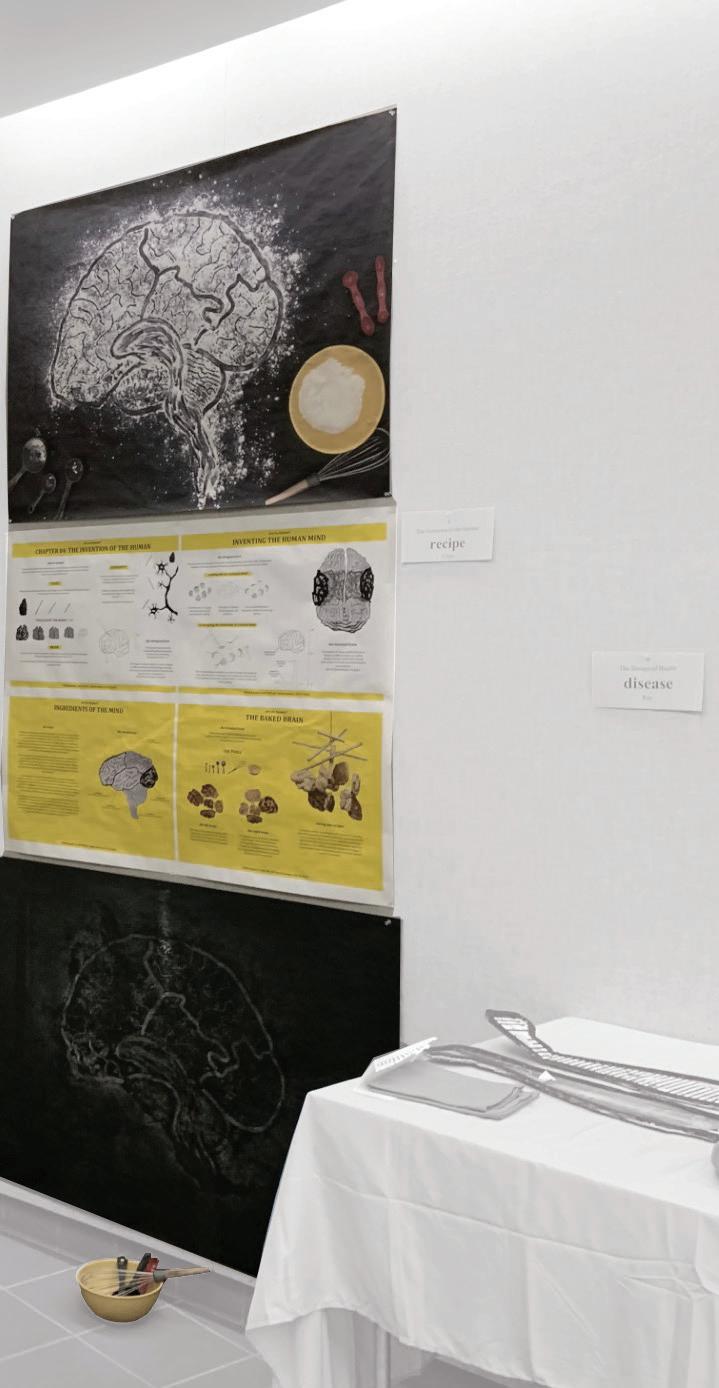
BAKED BRAIN SUSPENDED FROM CEILING FOR WSU GALLERY
The human mind is a culmination of a mysterious array of fundamental ingredients which are each altered with a unique recipe. While many other species on earth have high-functioning brains, the fundamental barrier aspect of humanity, is the ability to use their impulse for change to continuously re-invent themselves with new tools and the new recipes those tools inspire.
Chapter 05:

This chapter presents a selection of artistic works created outside of my academic studies. Without the constraints of a studio class, these works explore a wide range of artistic expression through variation of scale, reference, and utensil.
In particular, this collection showcases my use of charcoal, Staedtler drawing pencils, Faber-Castell artist pens, and Winsor & Newton markers.
Hand sketching both realistic and abstract works allows for more experimentation with different techniques and creative approaches. The works featured in this chapter focus on capturing intricate details and lifelike representations, while others embrace abstraction to convey mood, movement, and stillness.





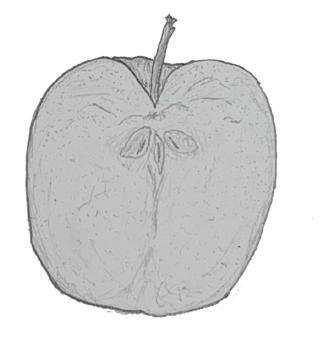
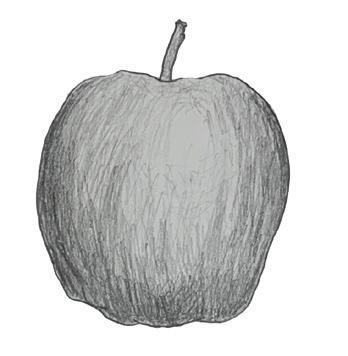
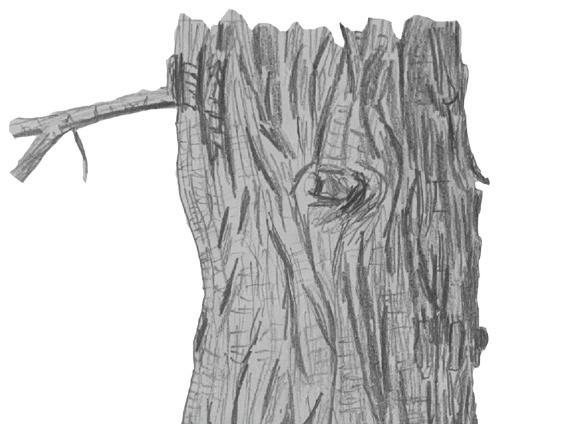

WEATHERED WITH TIME BRICK BY BRICK
